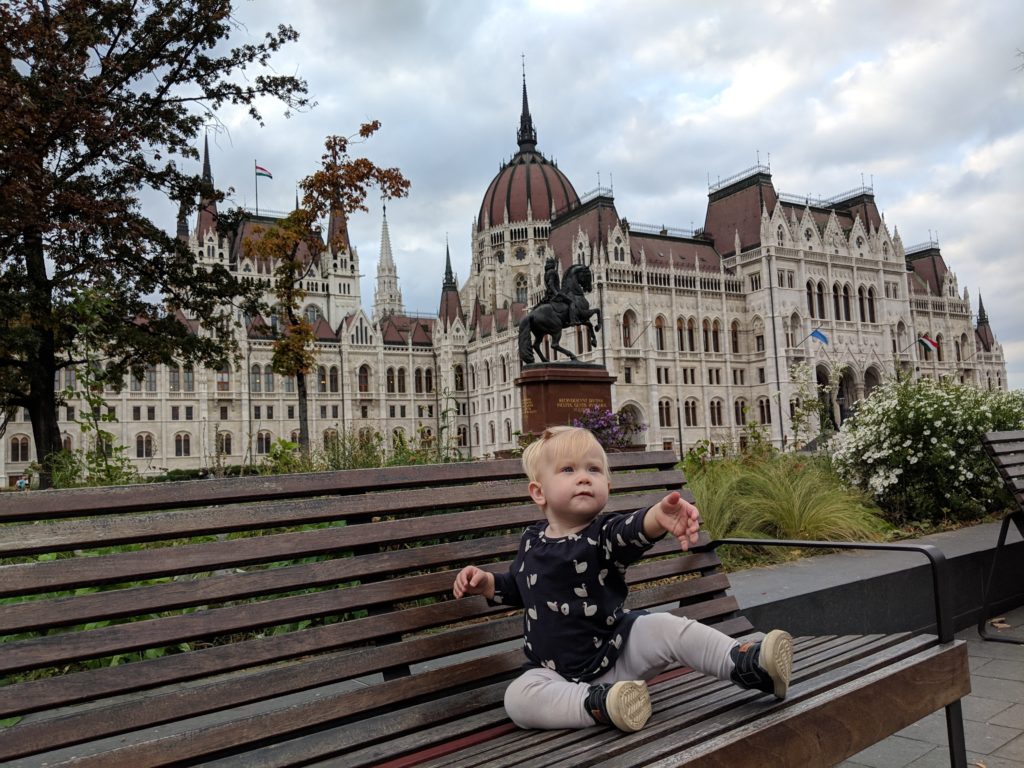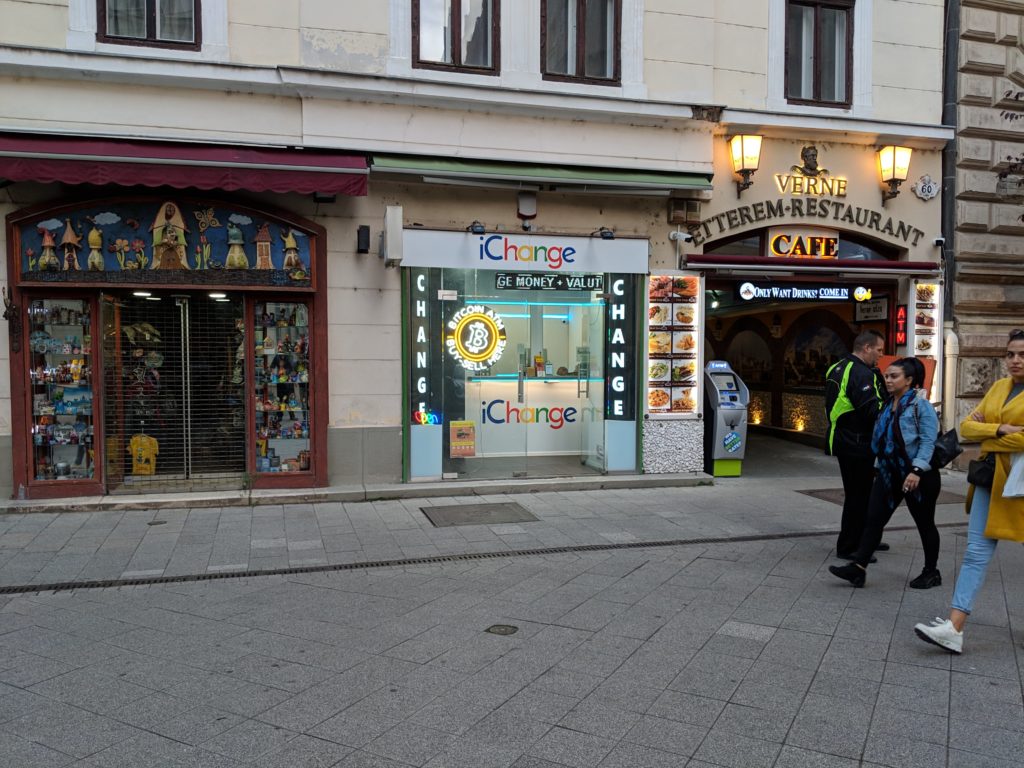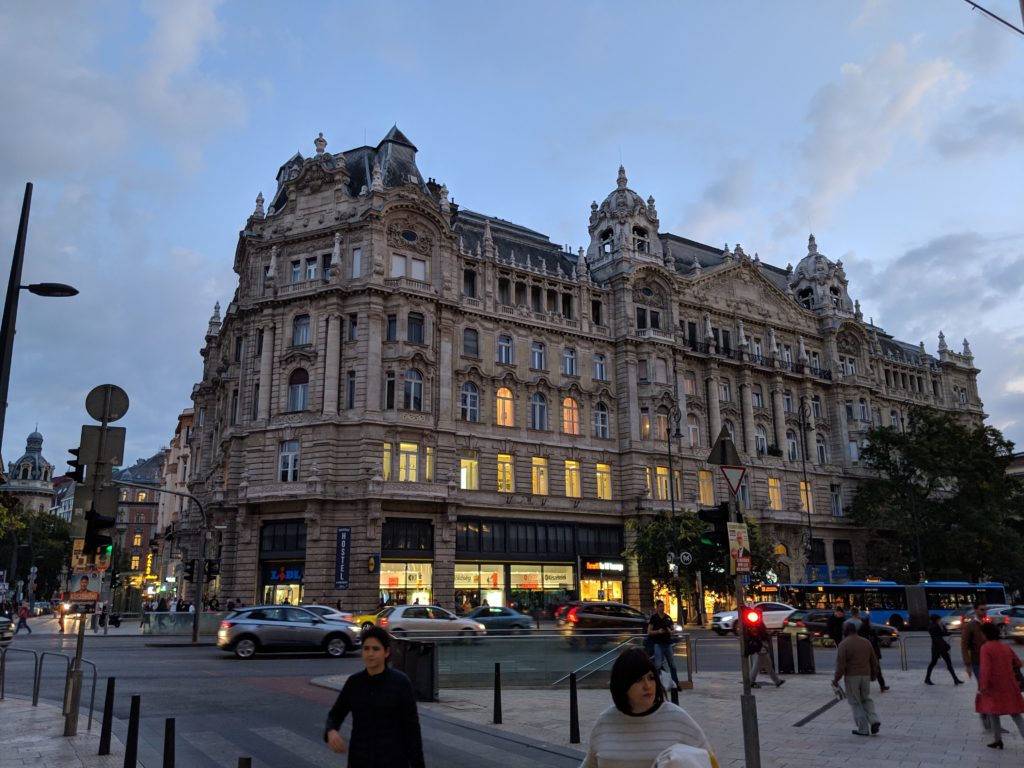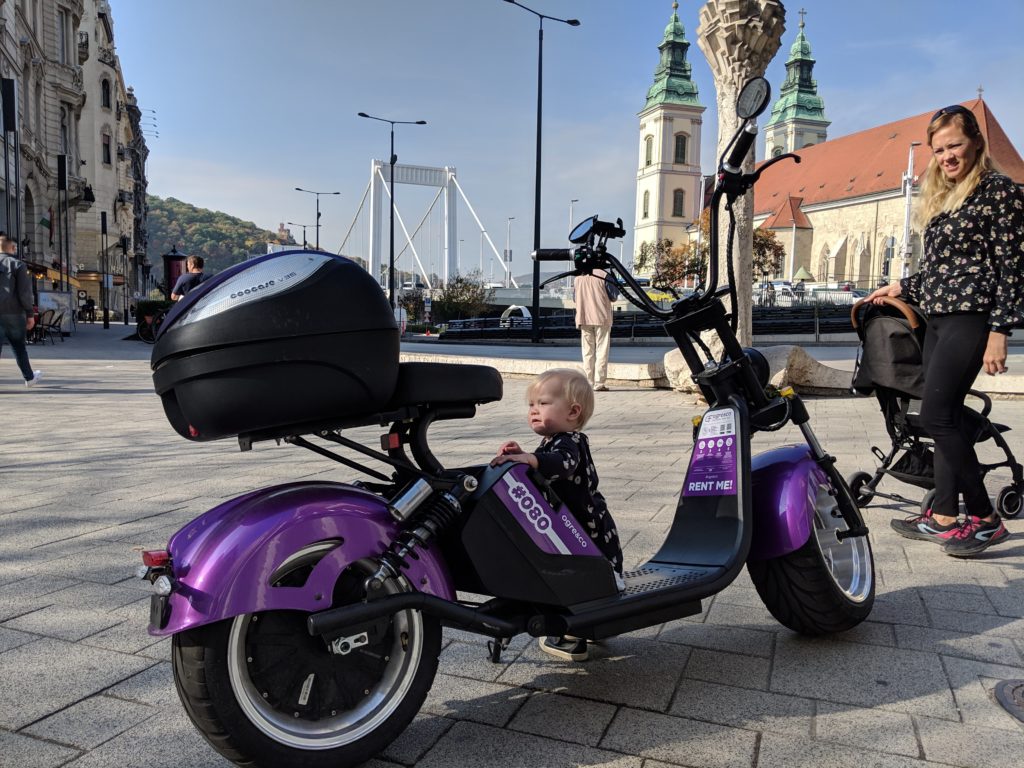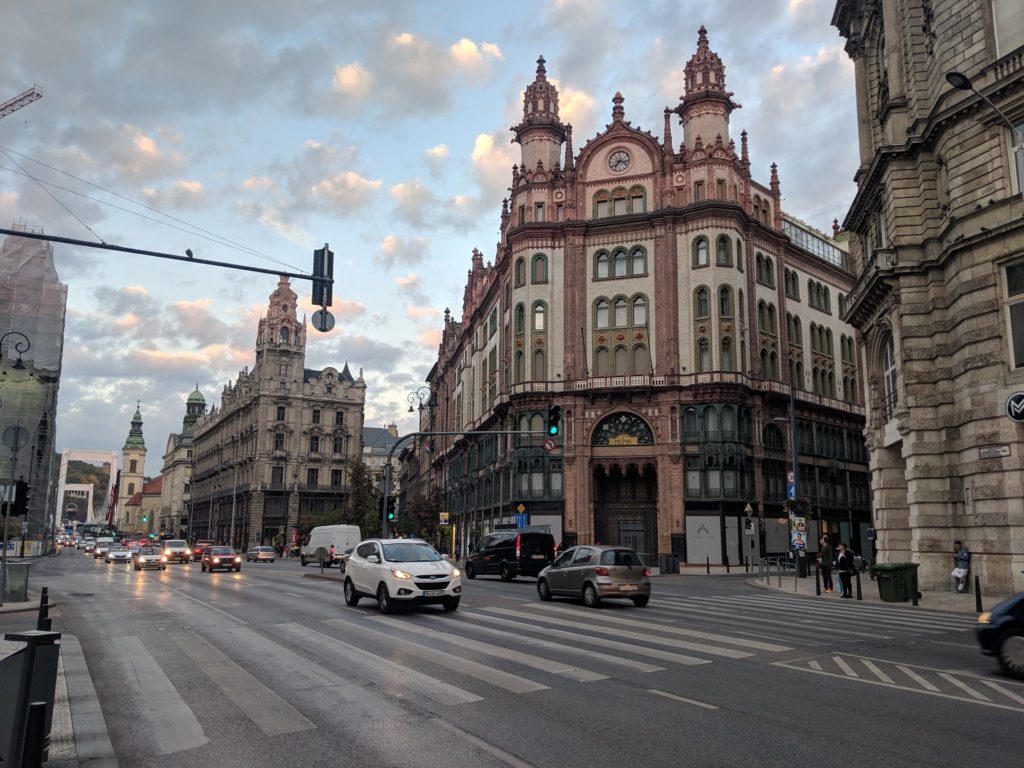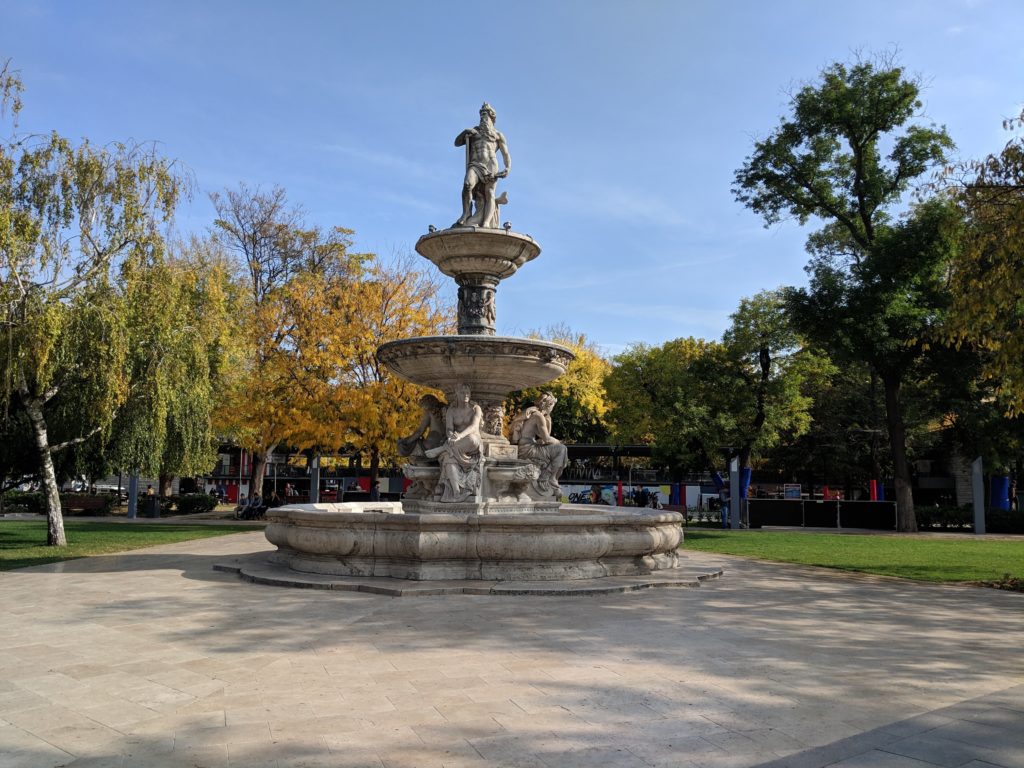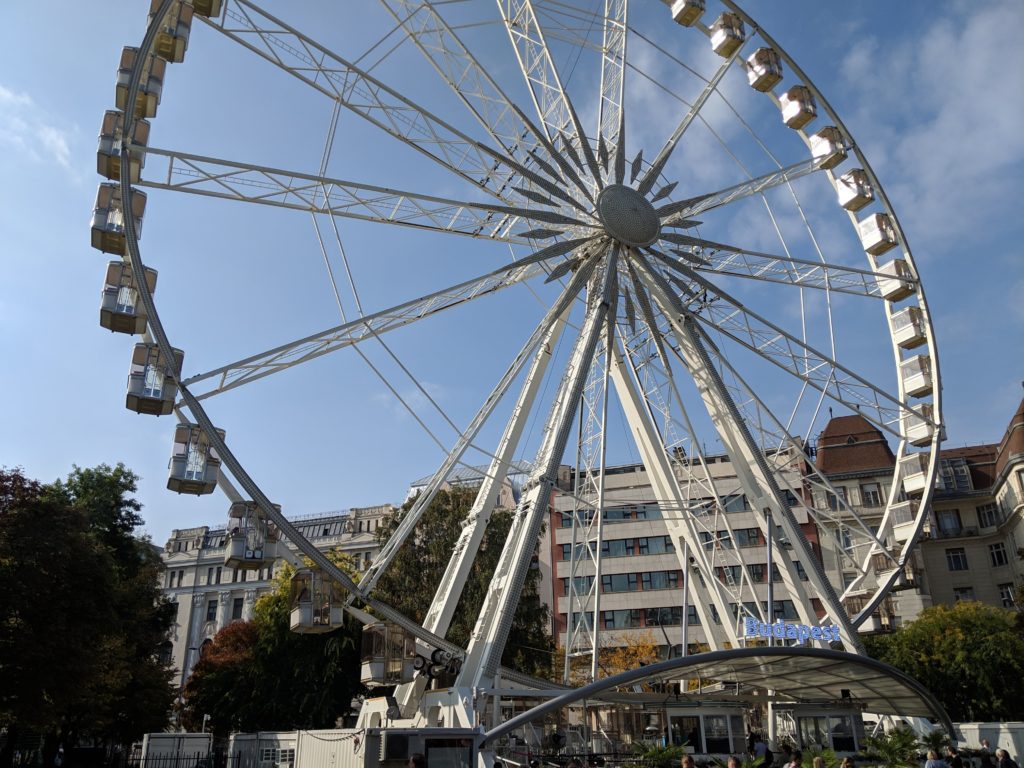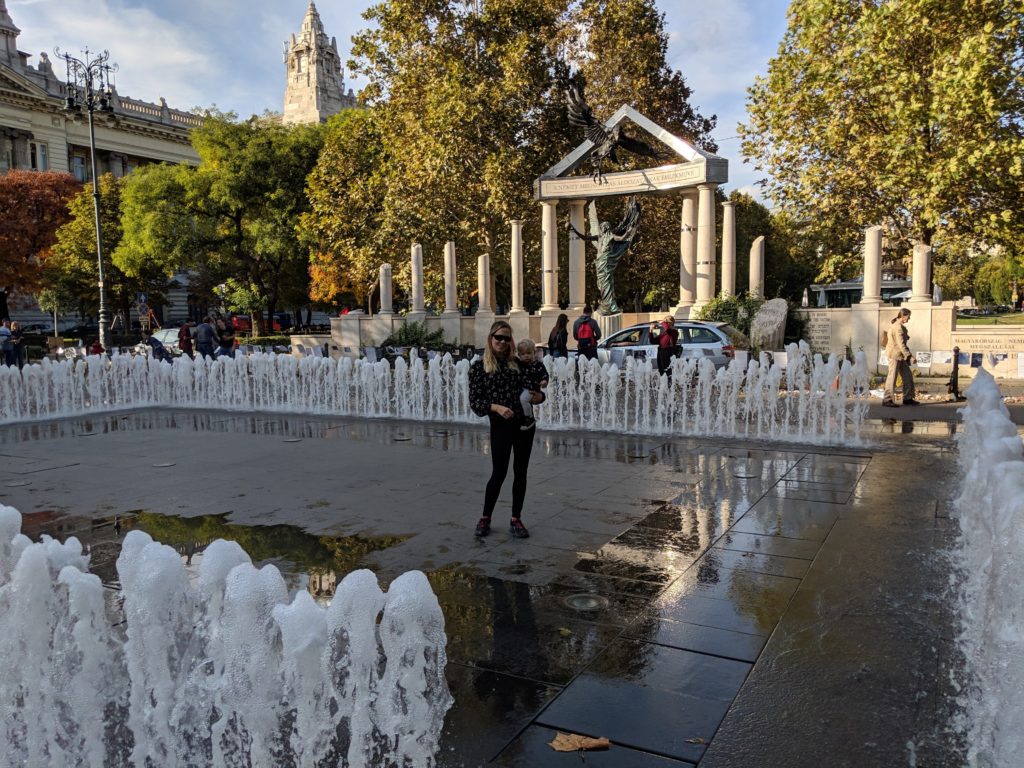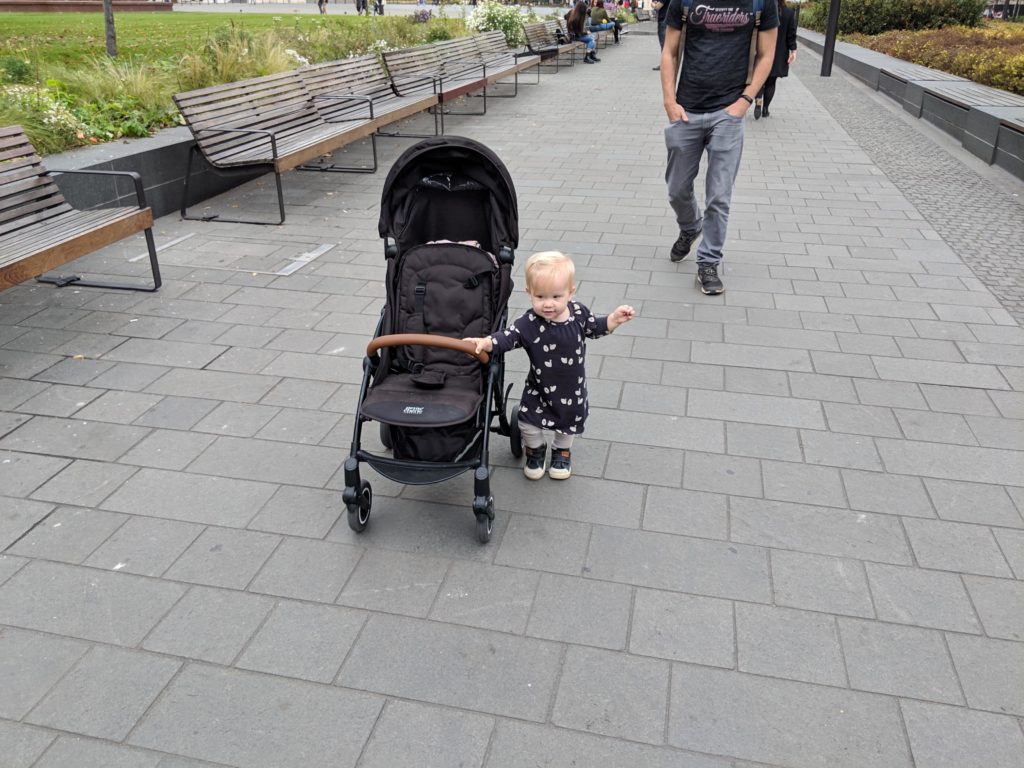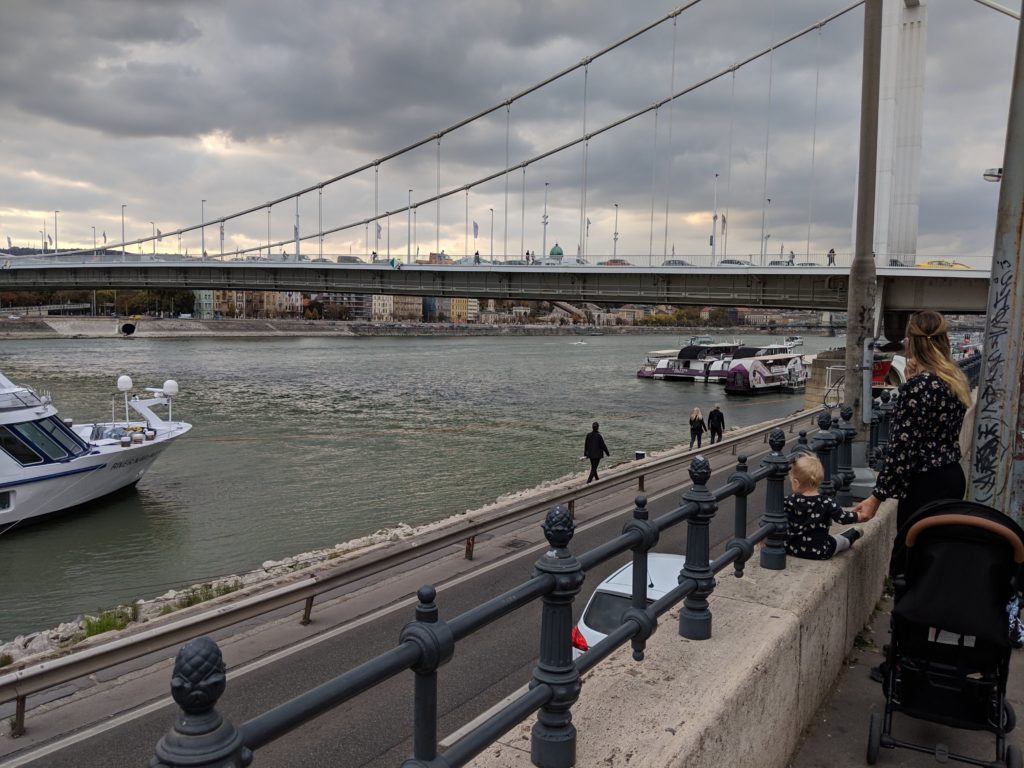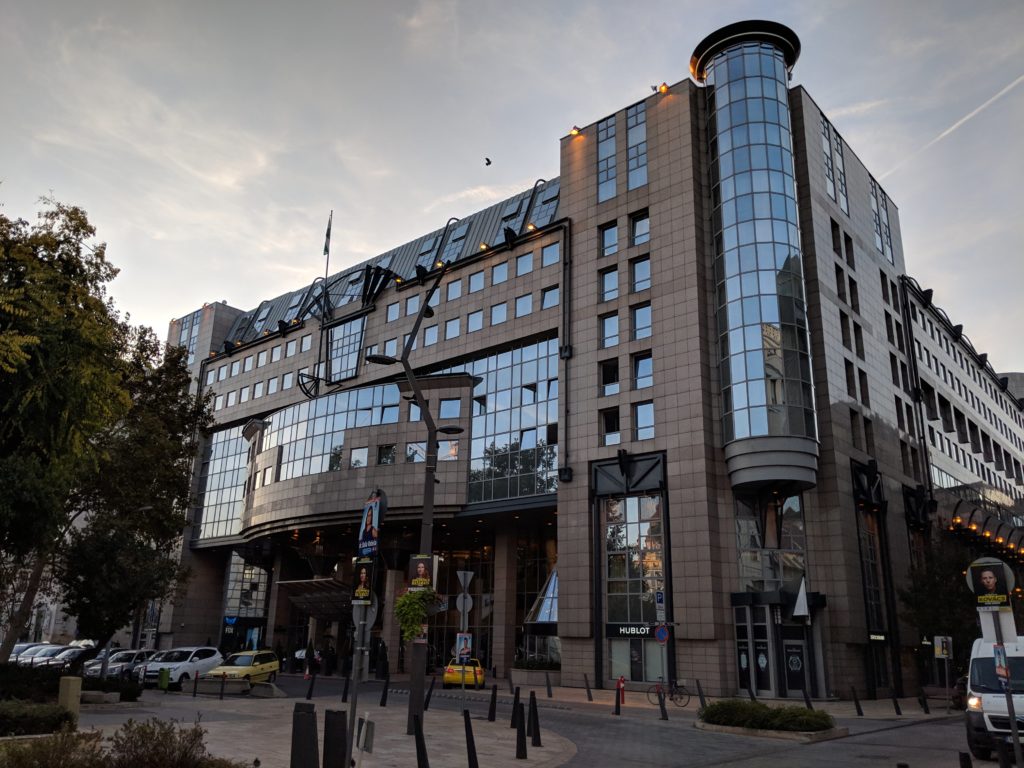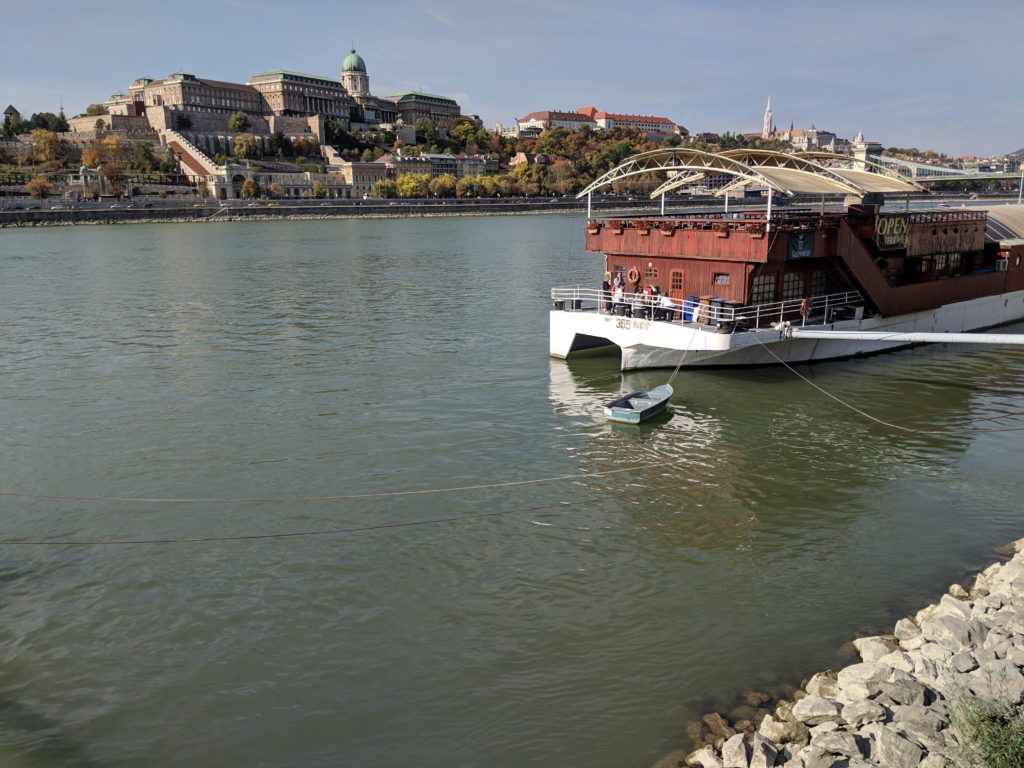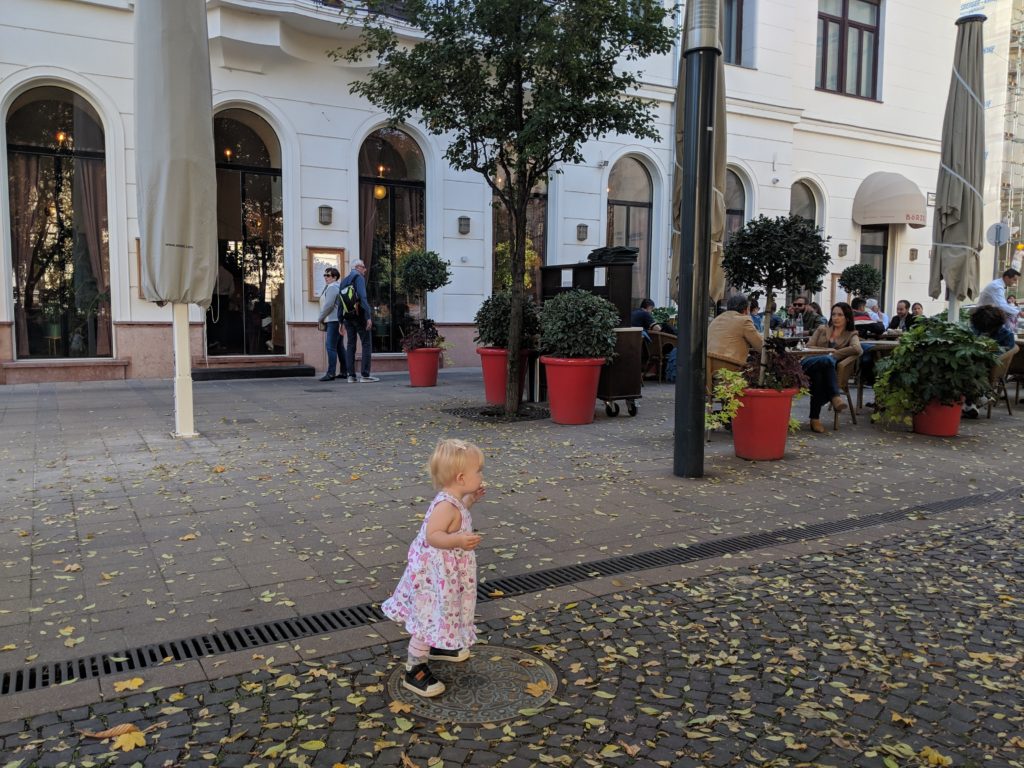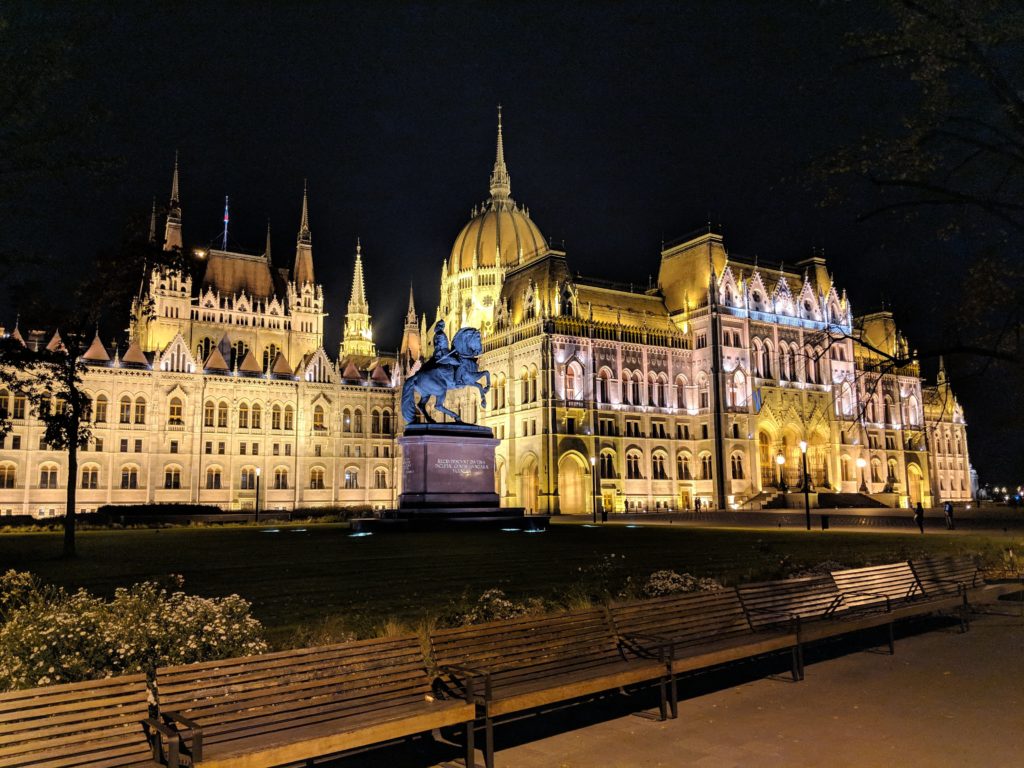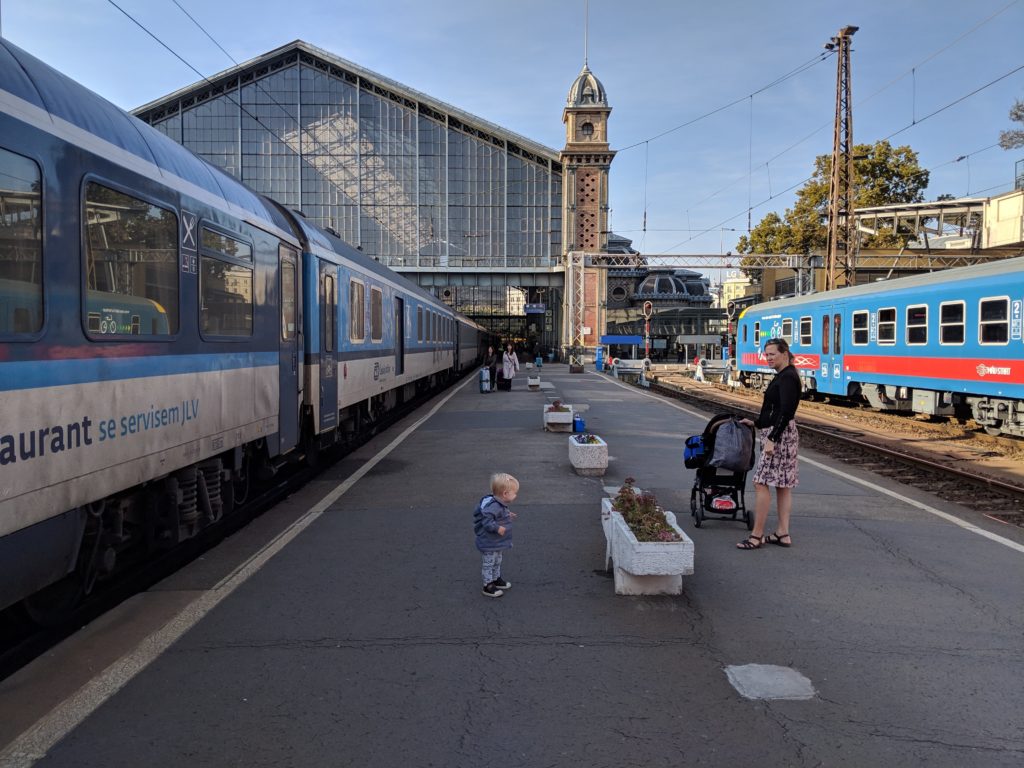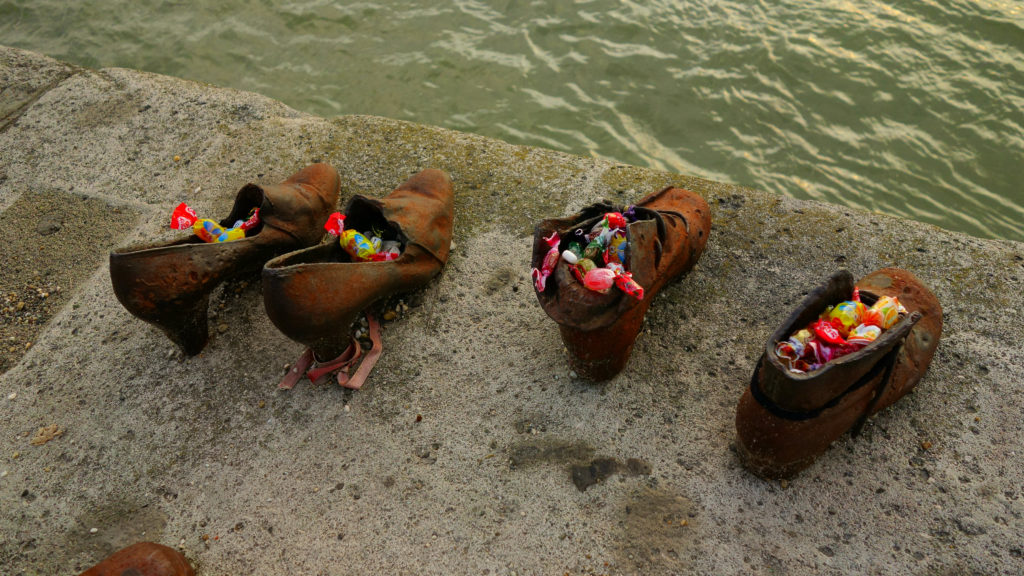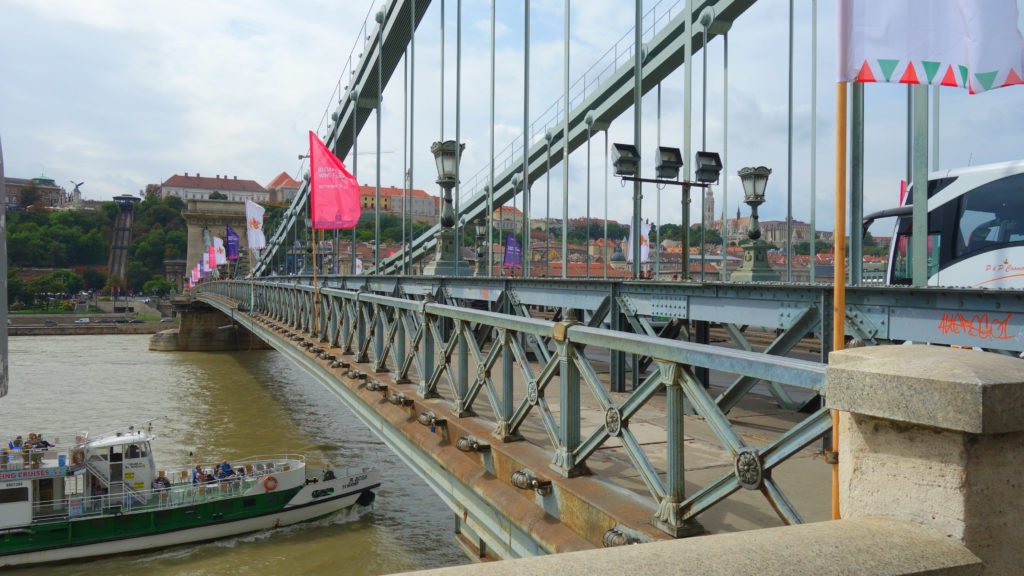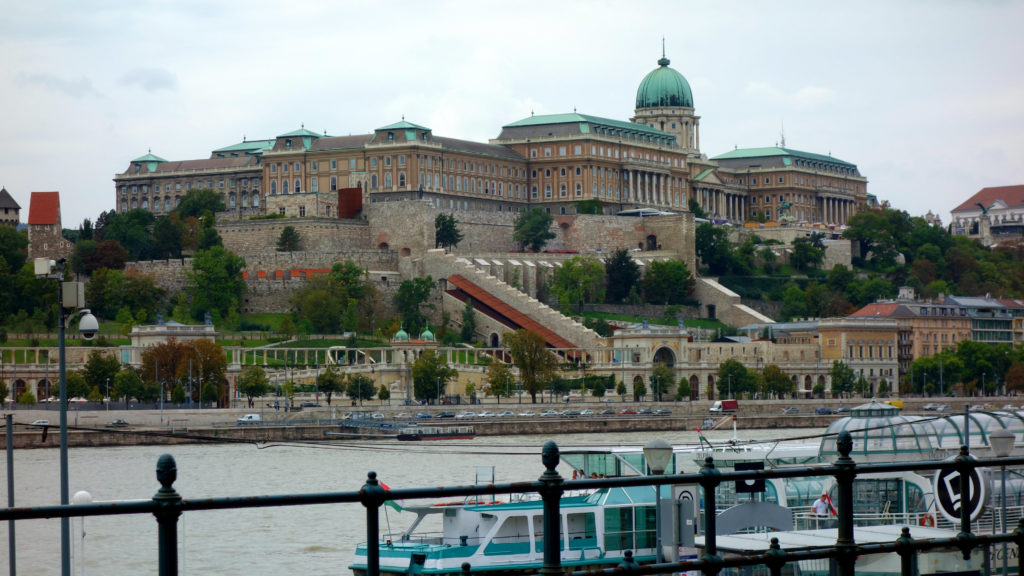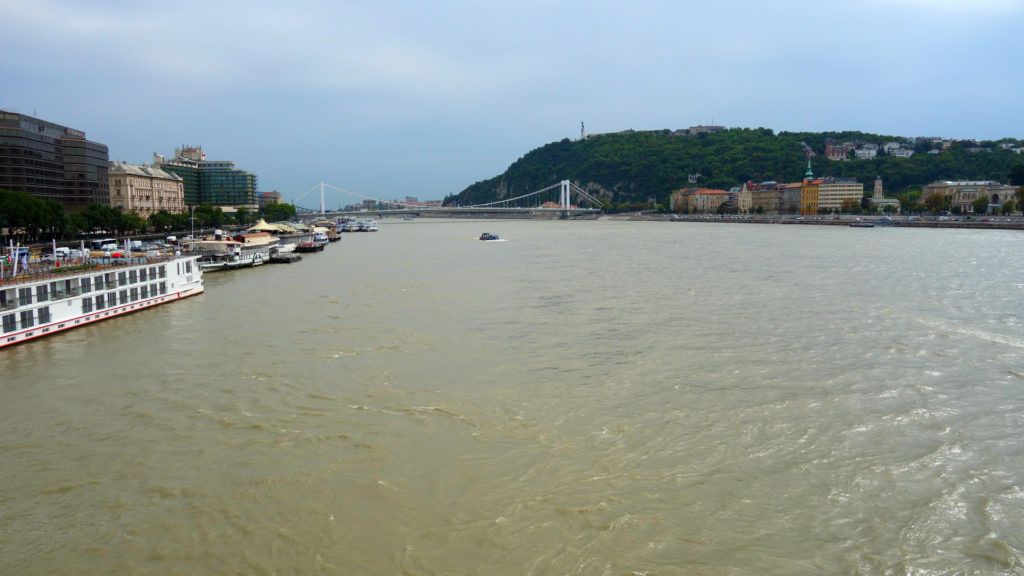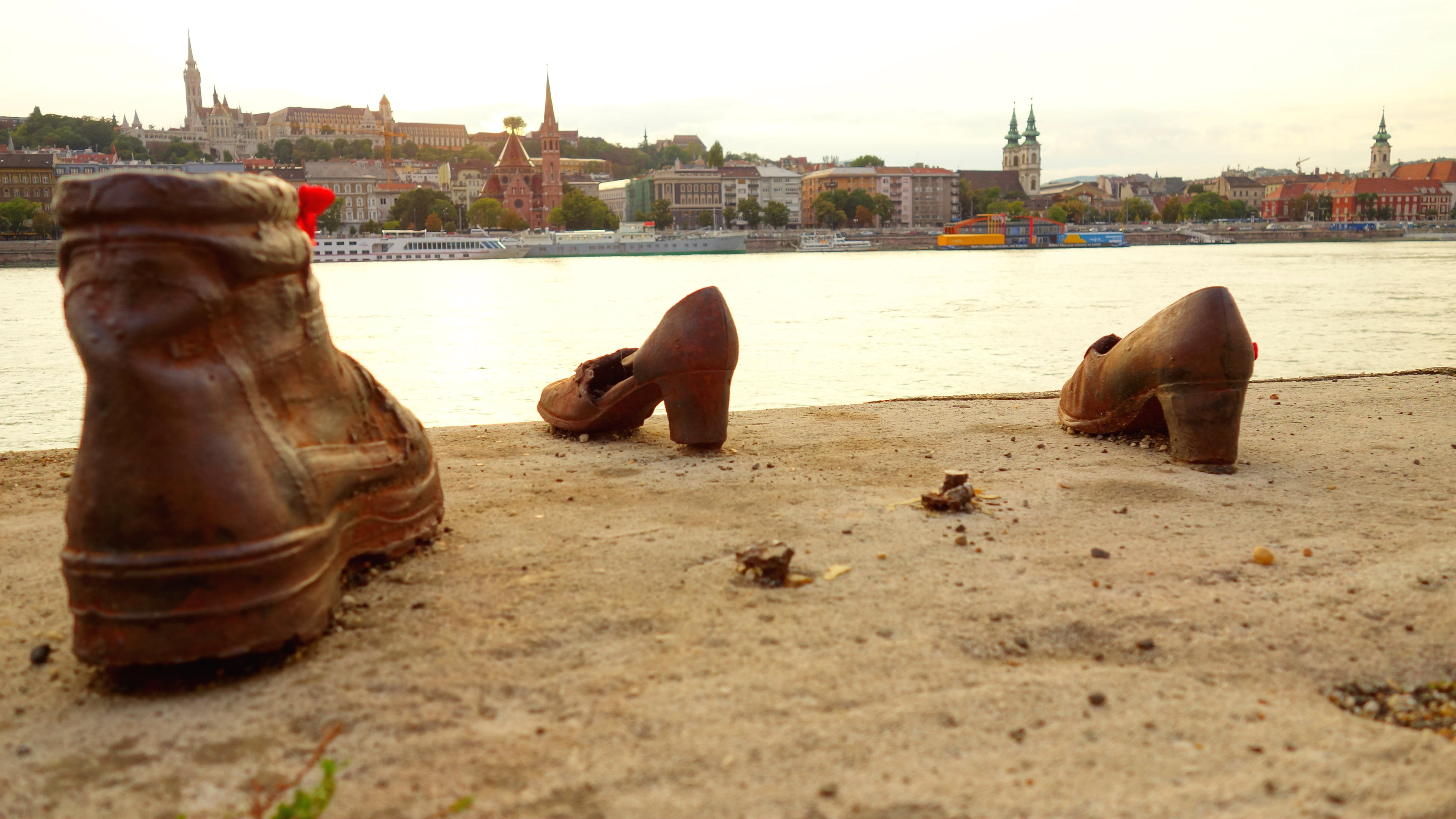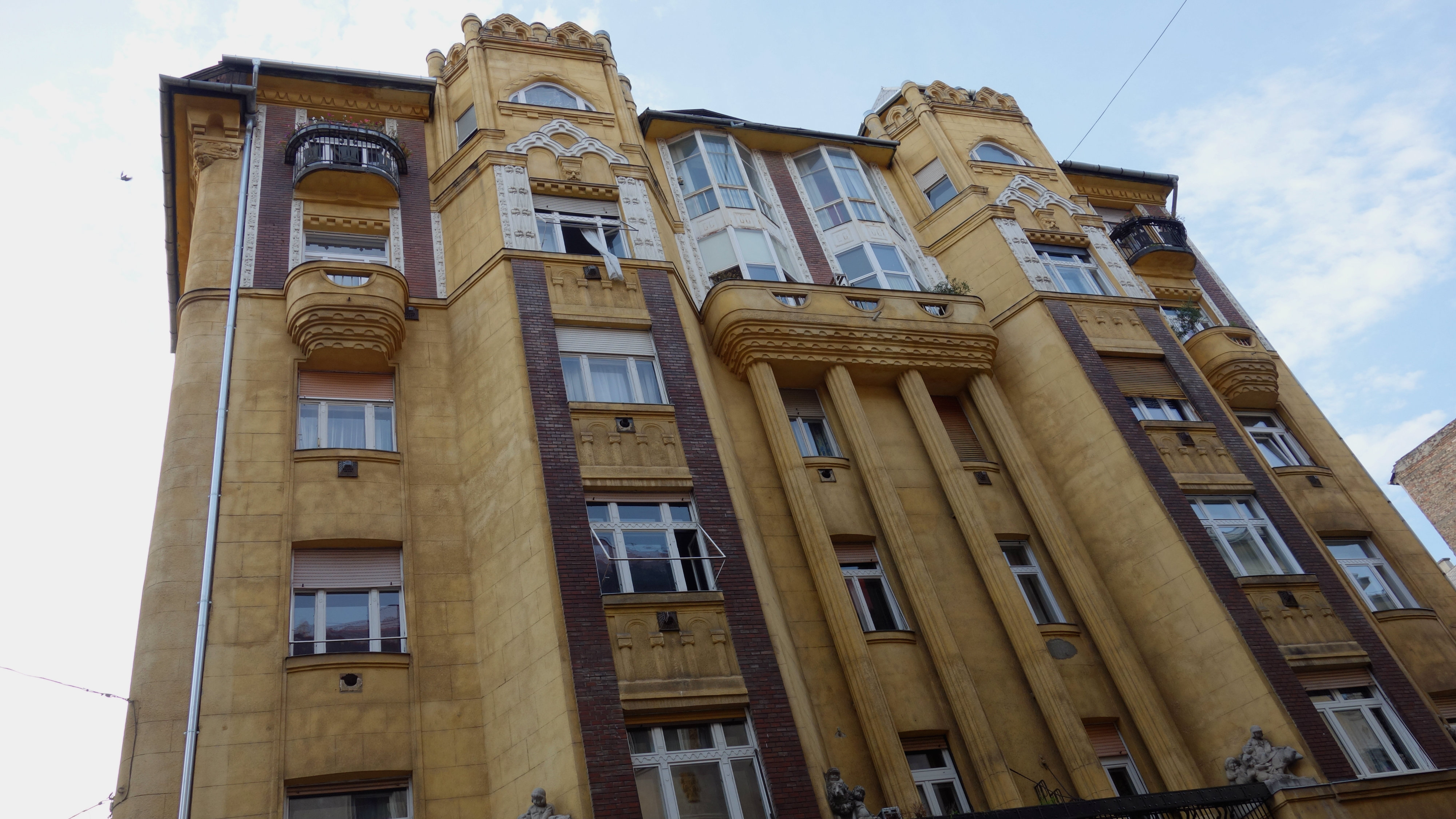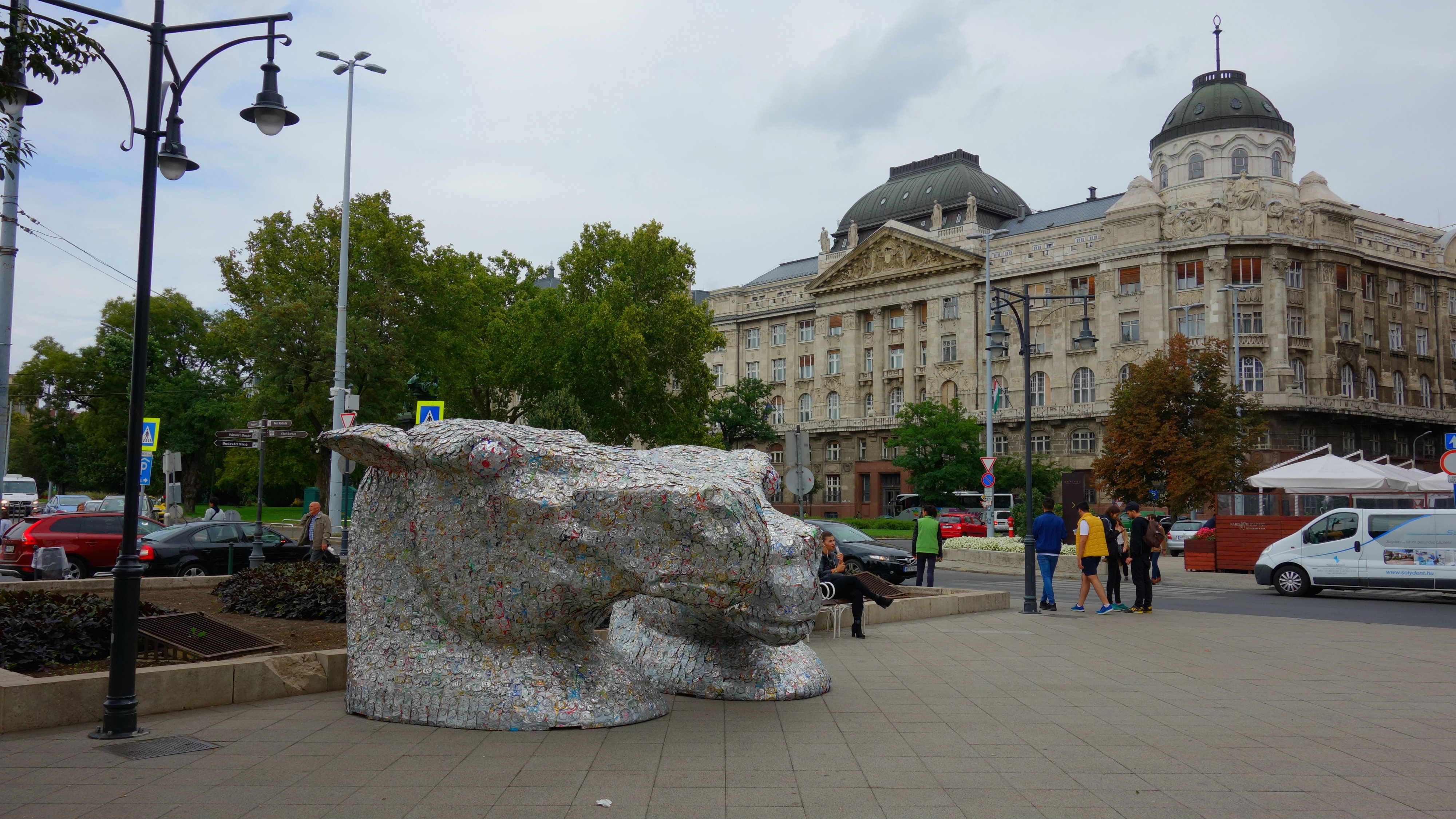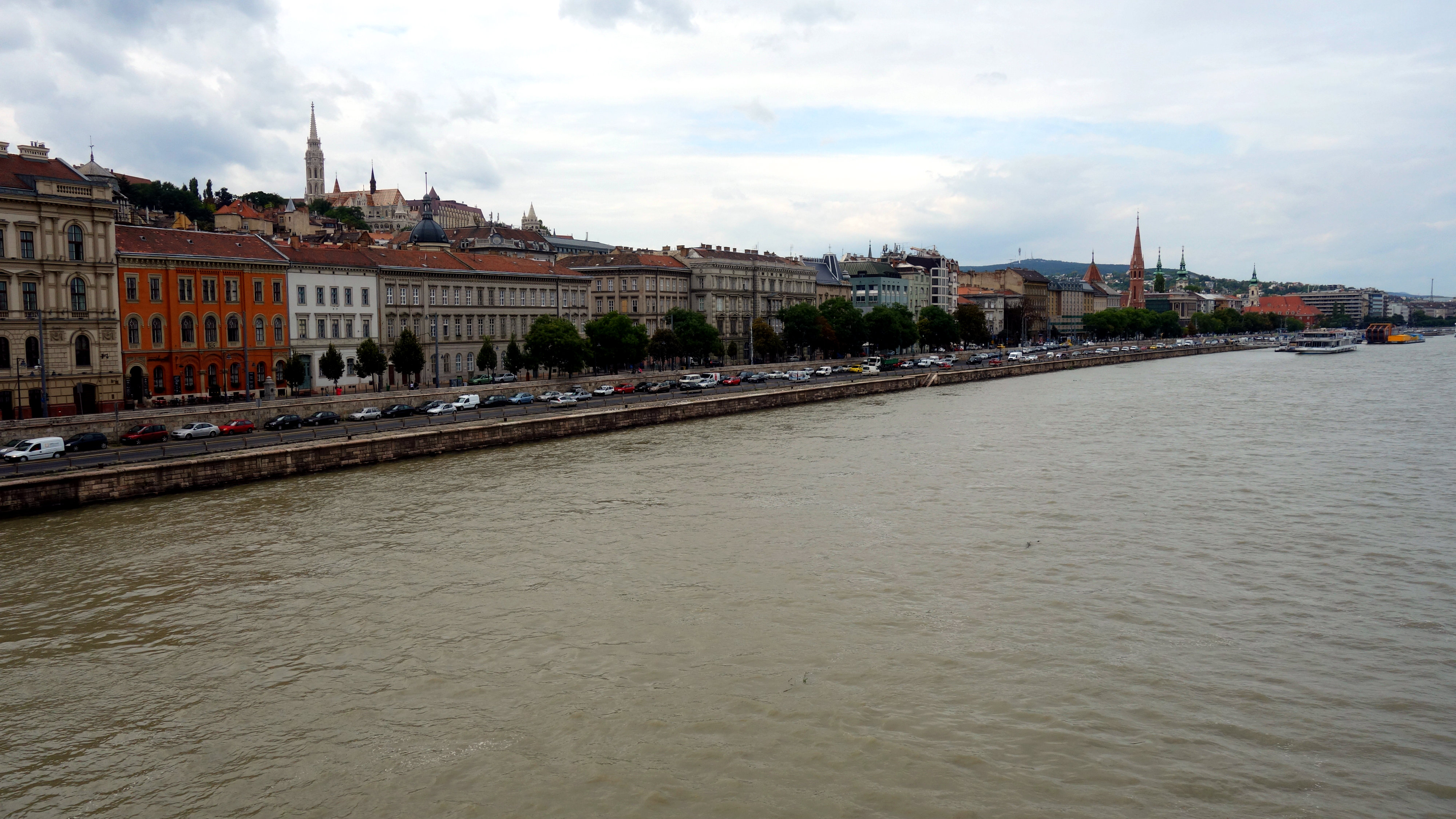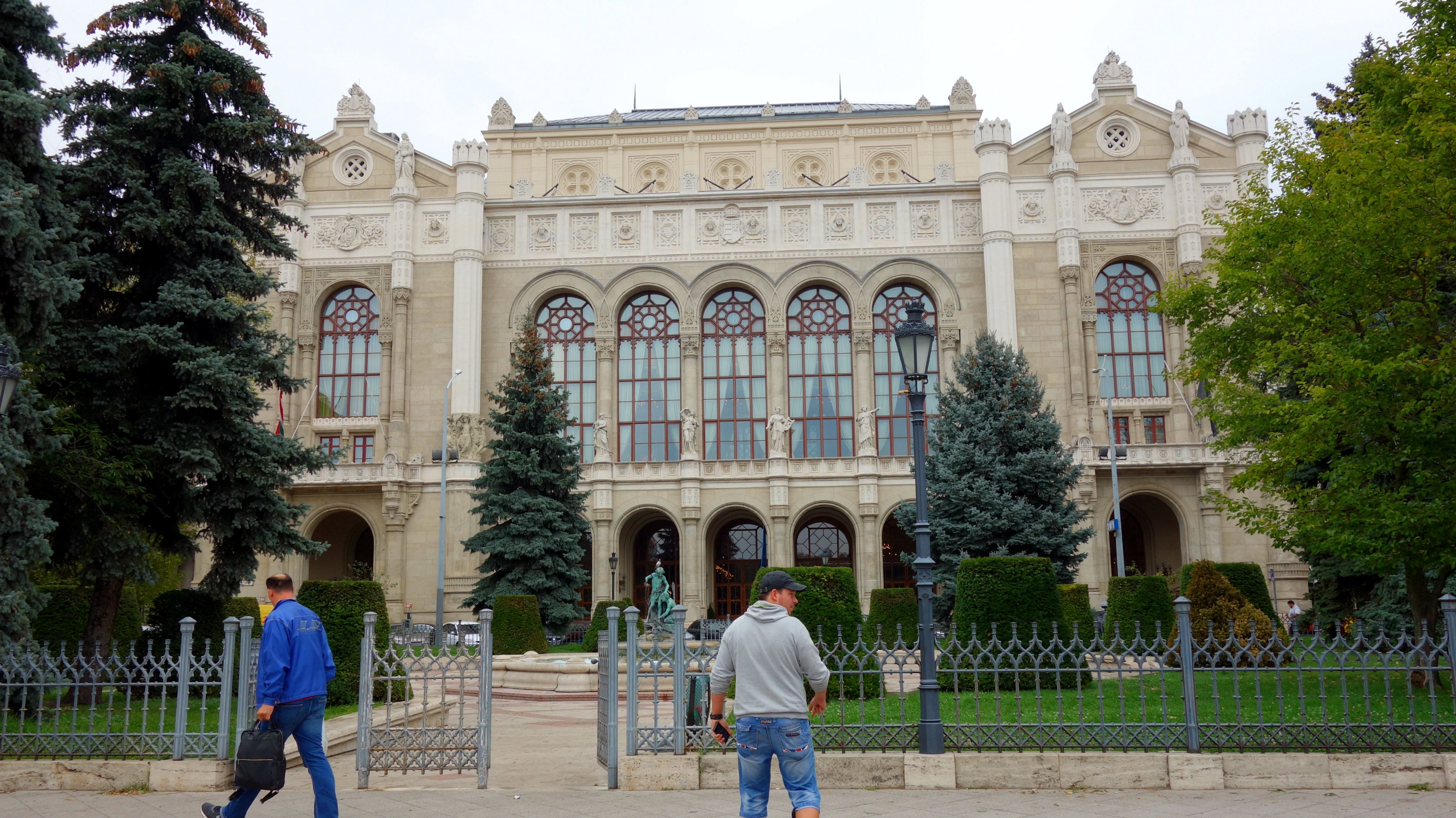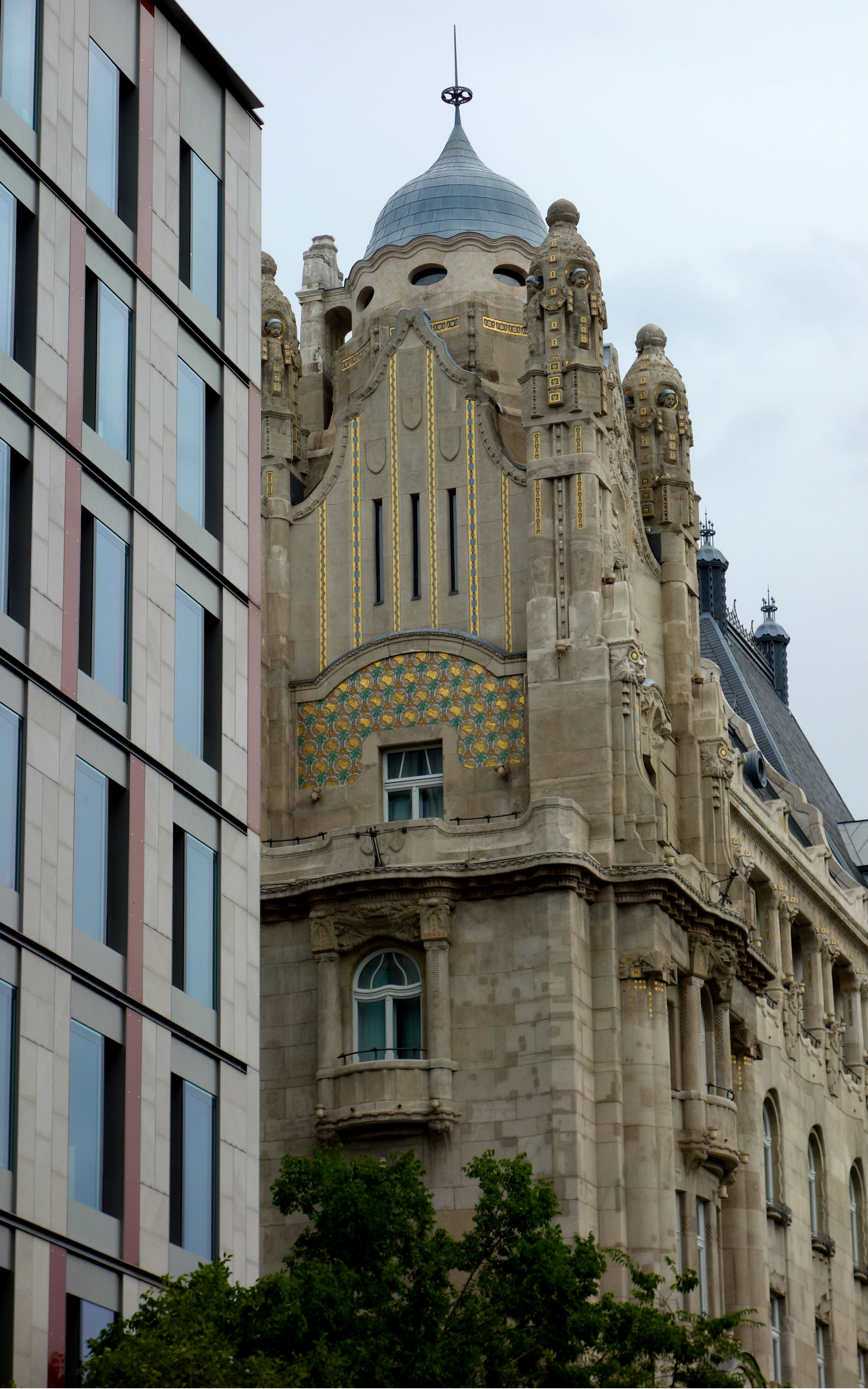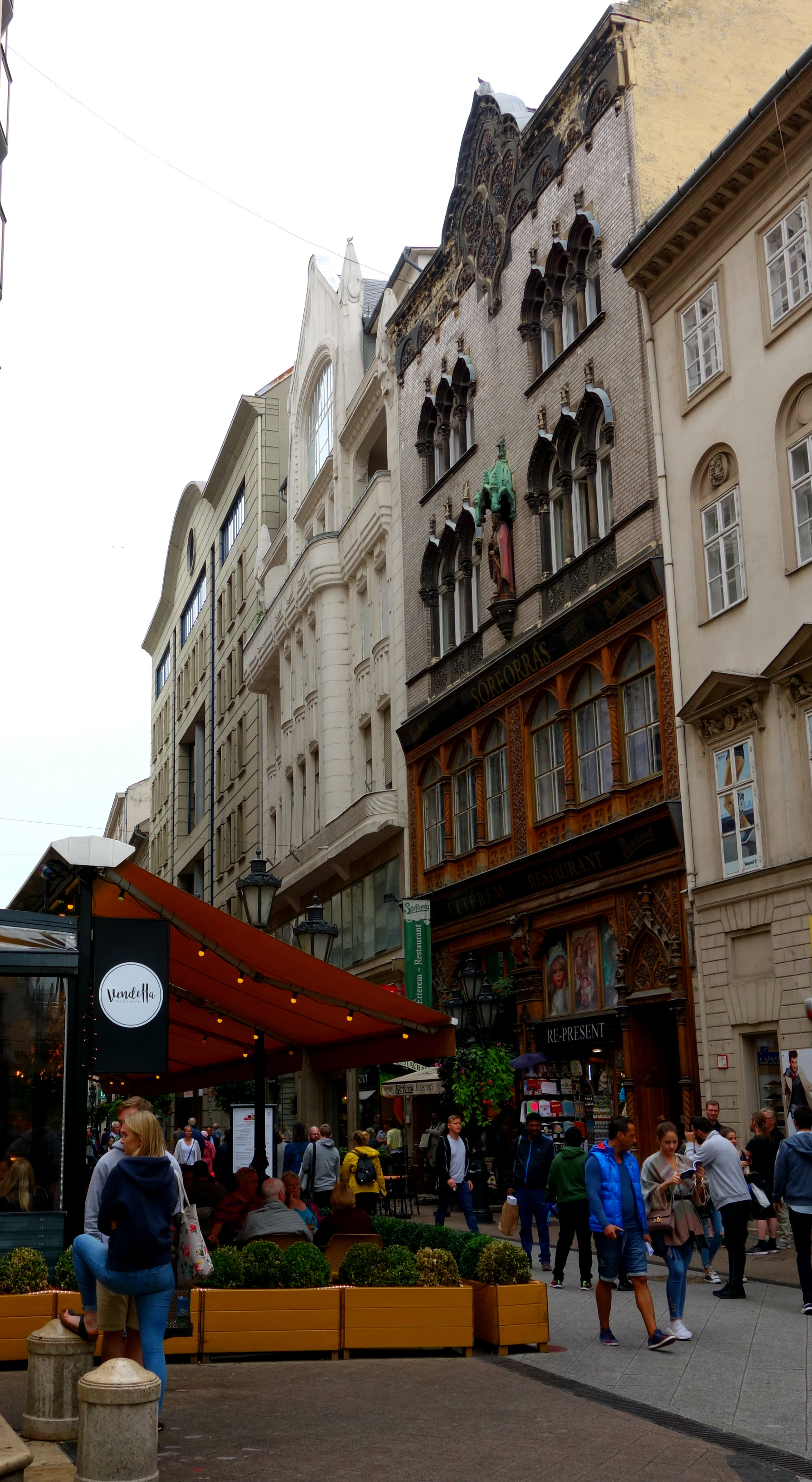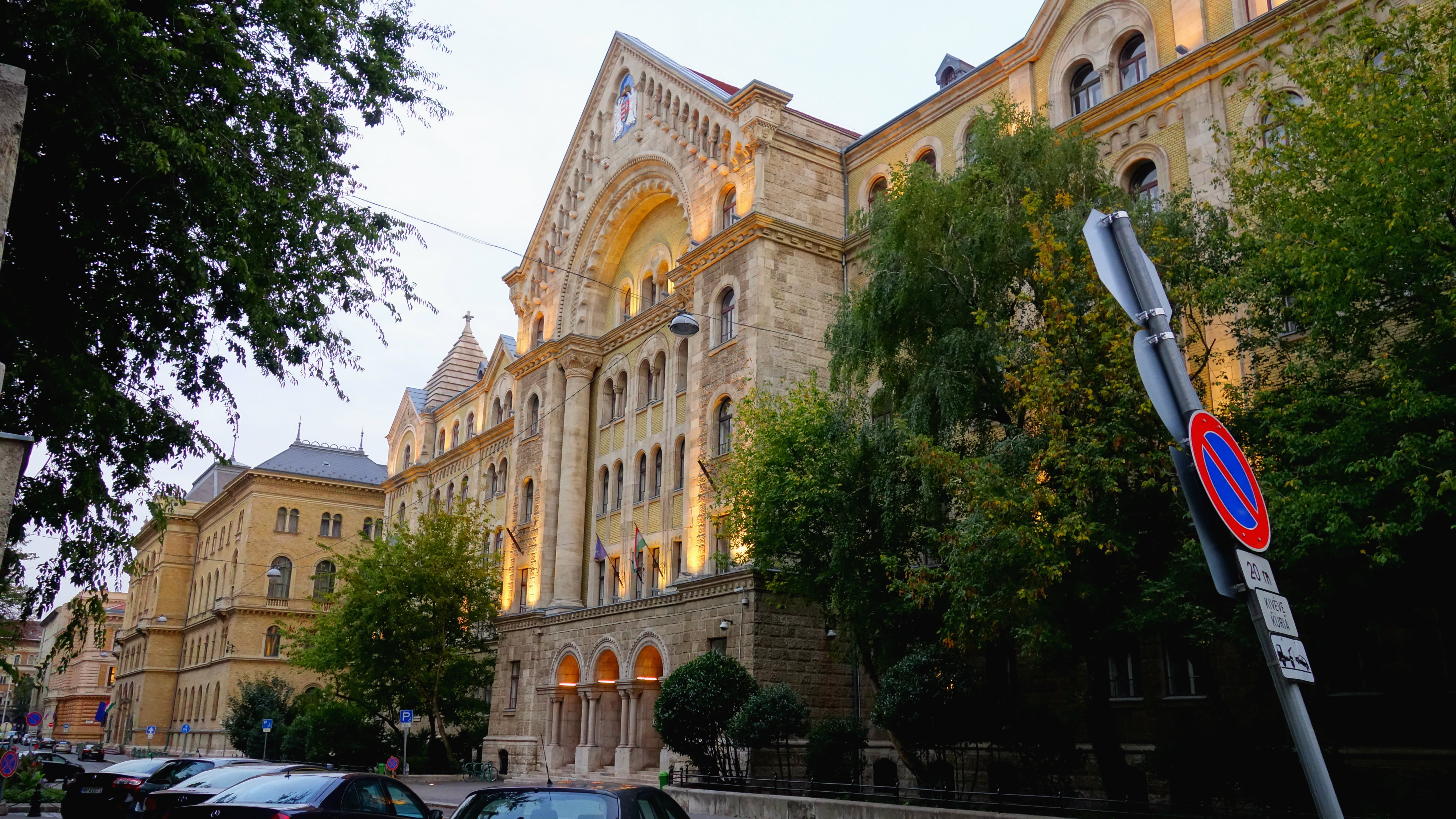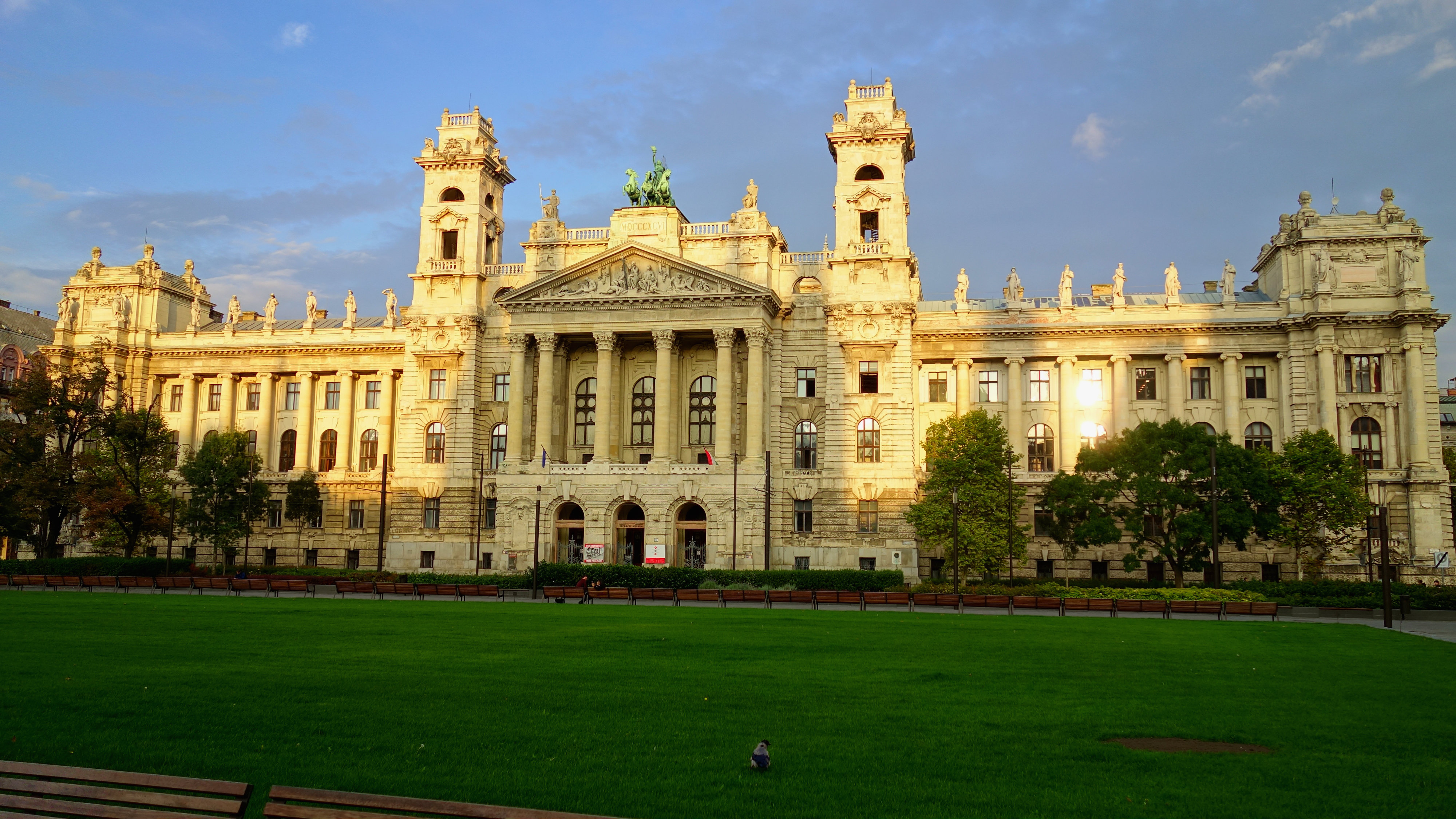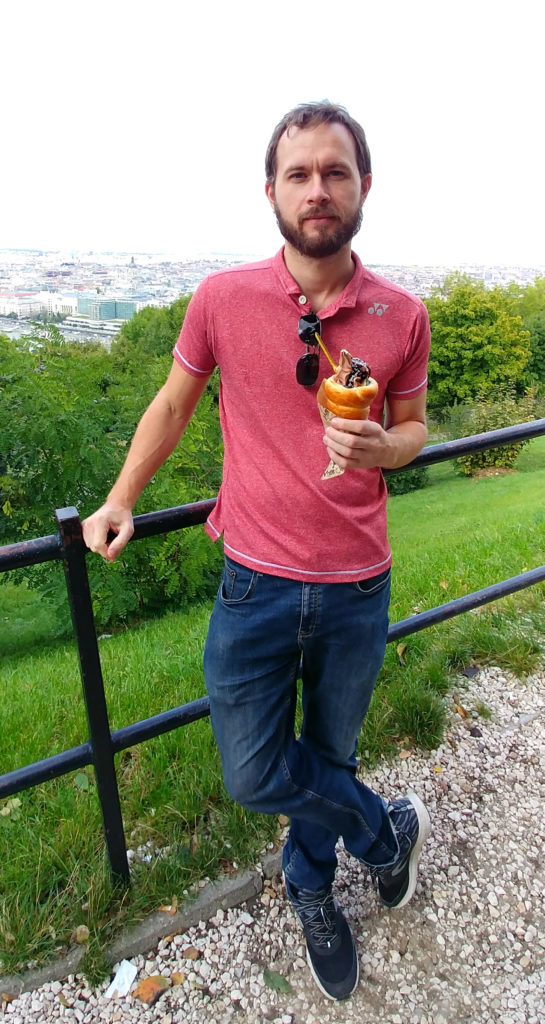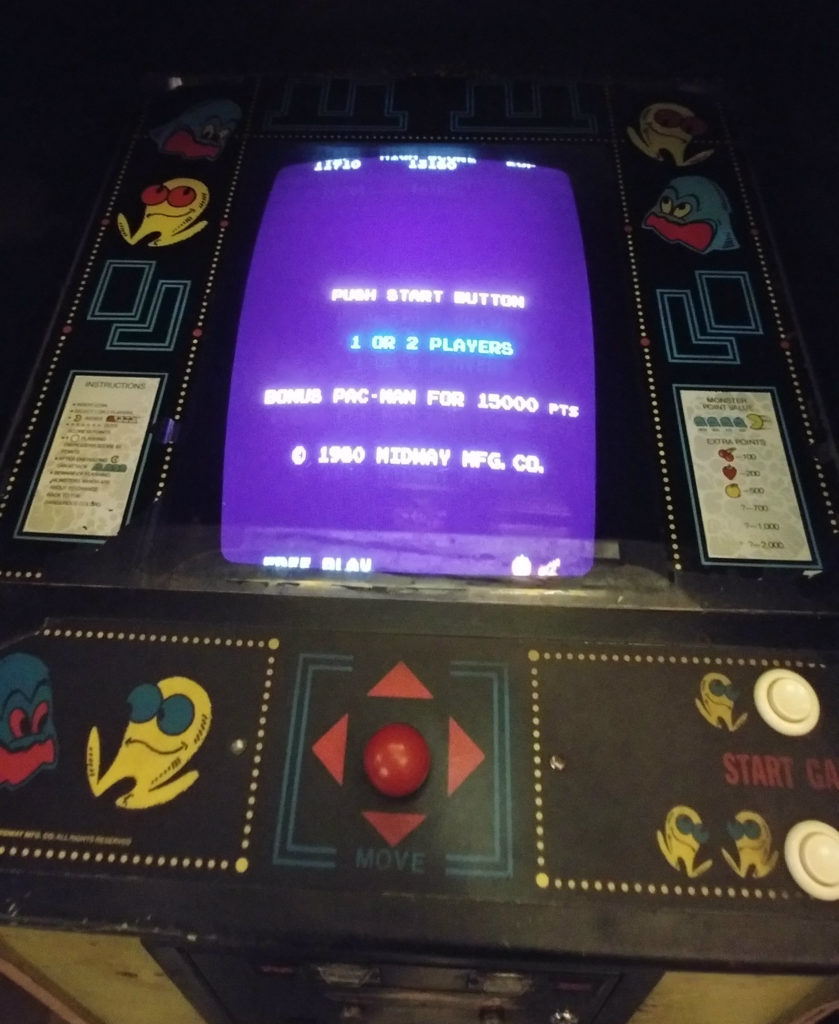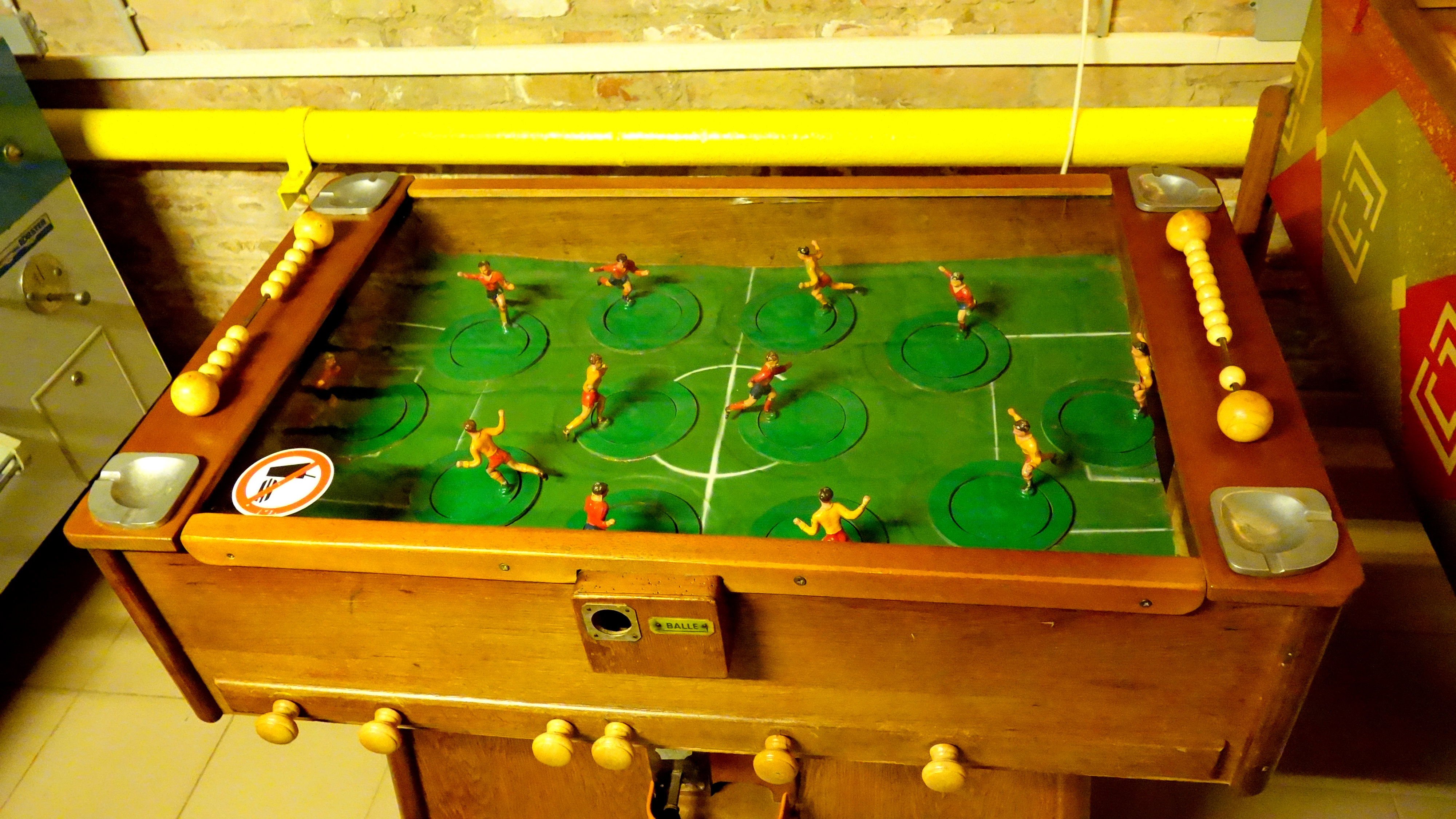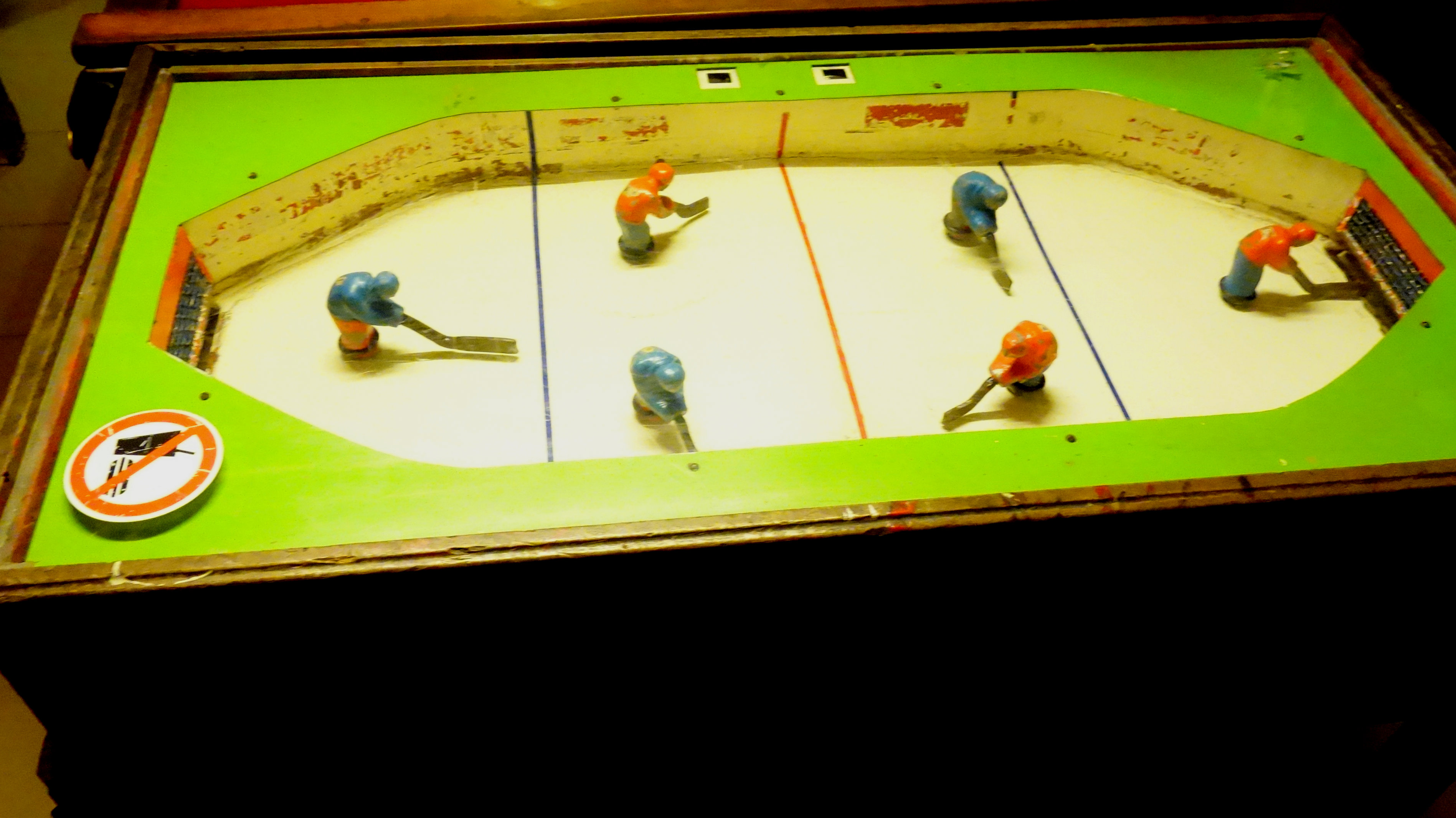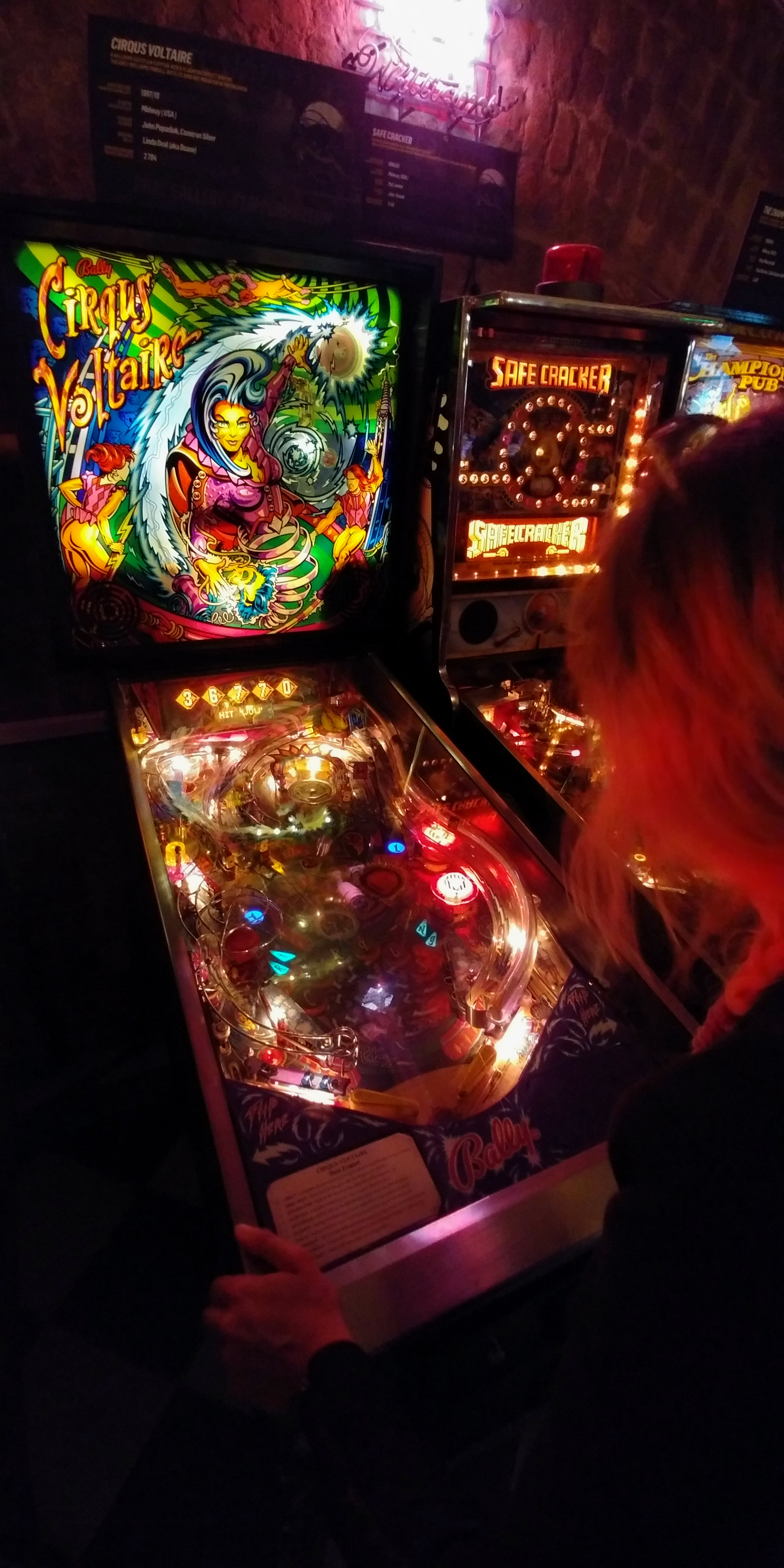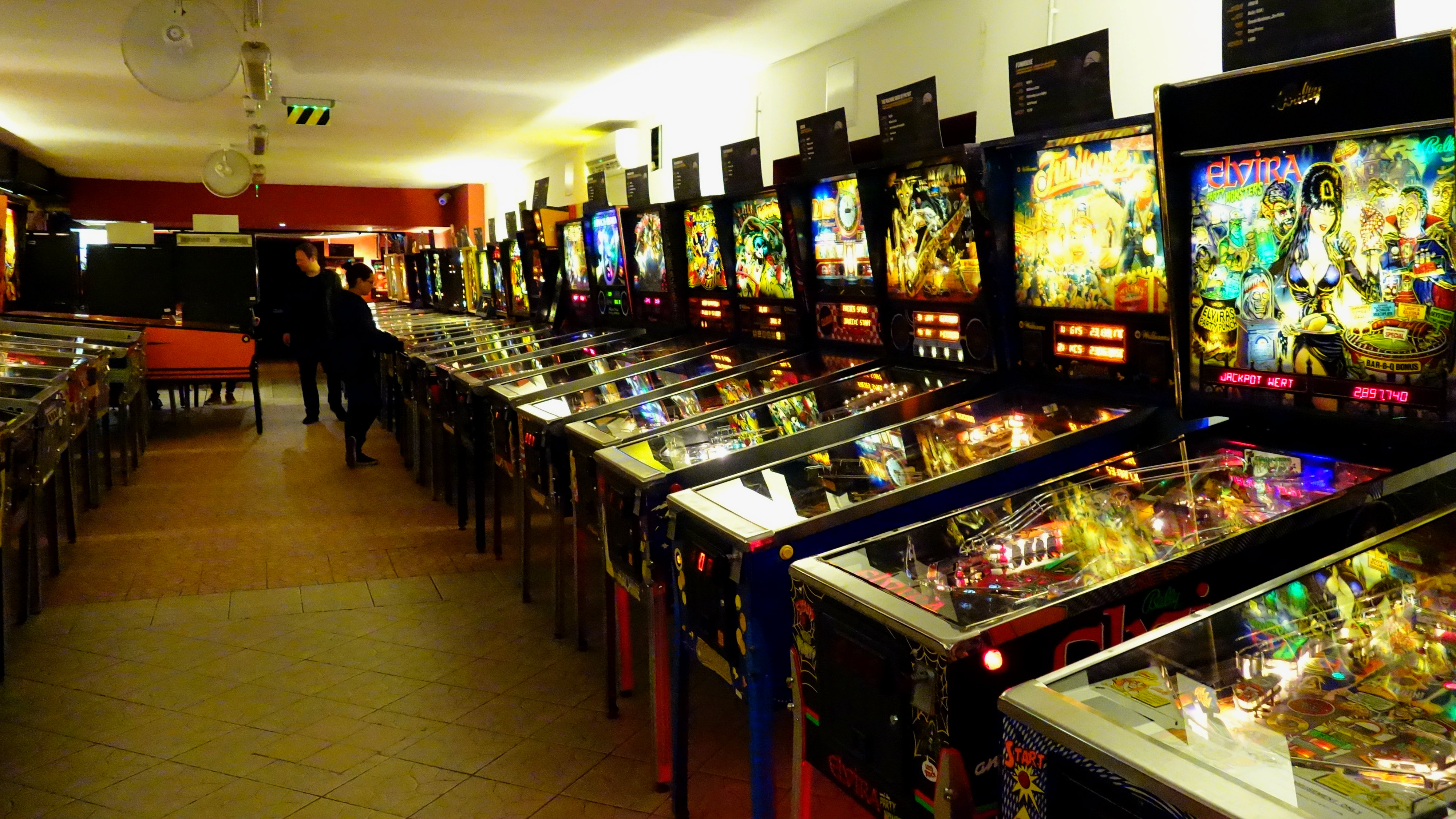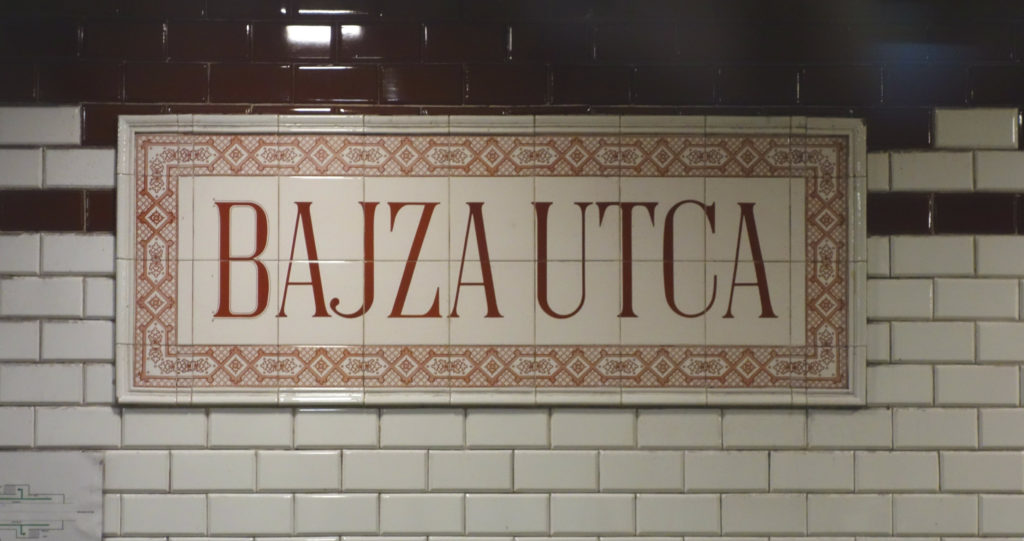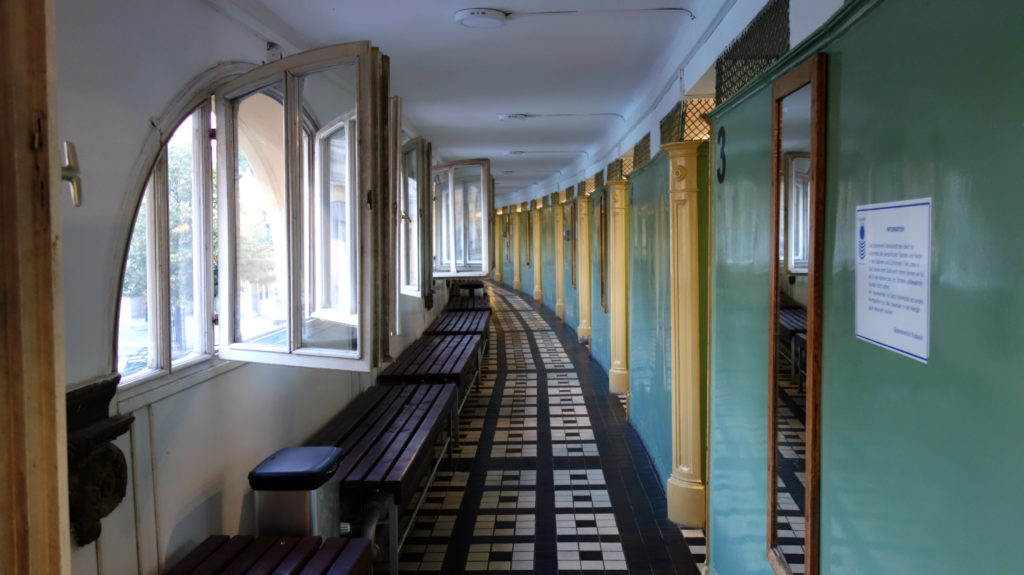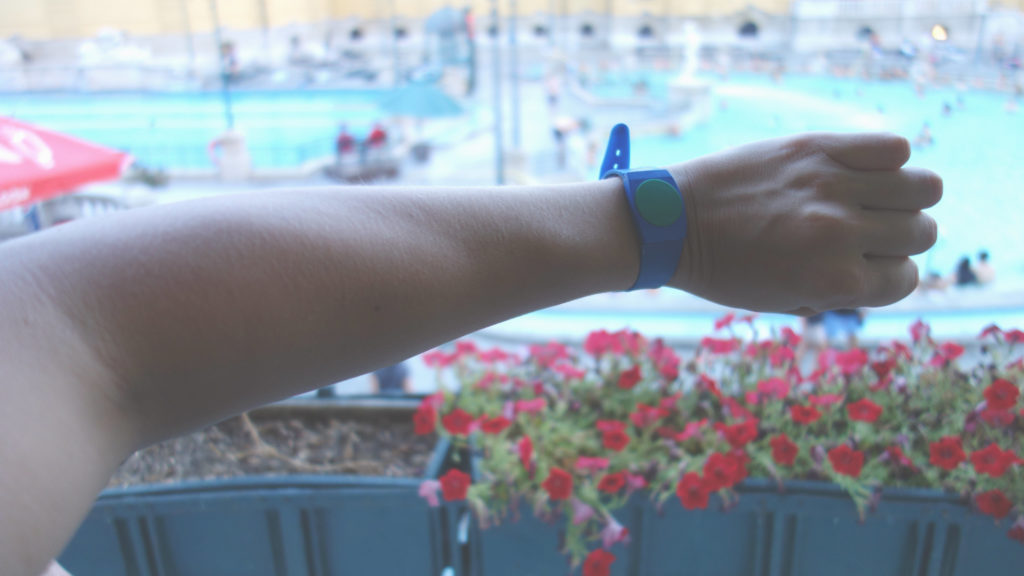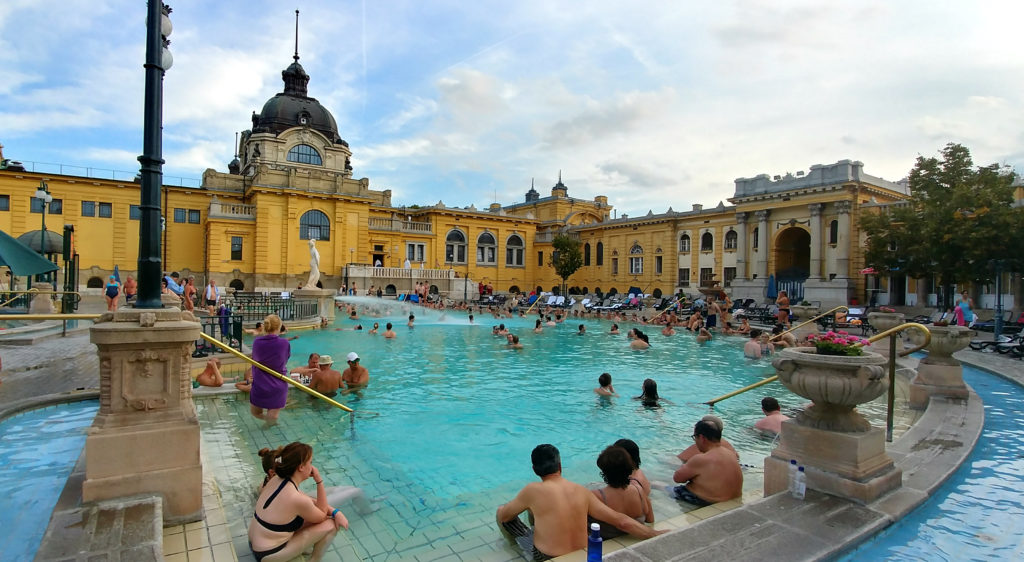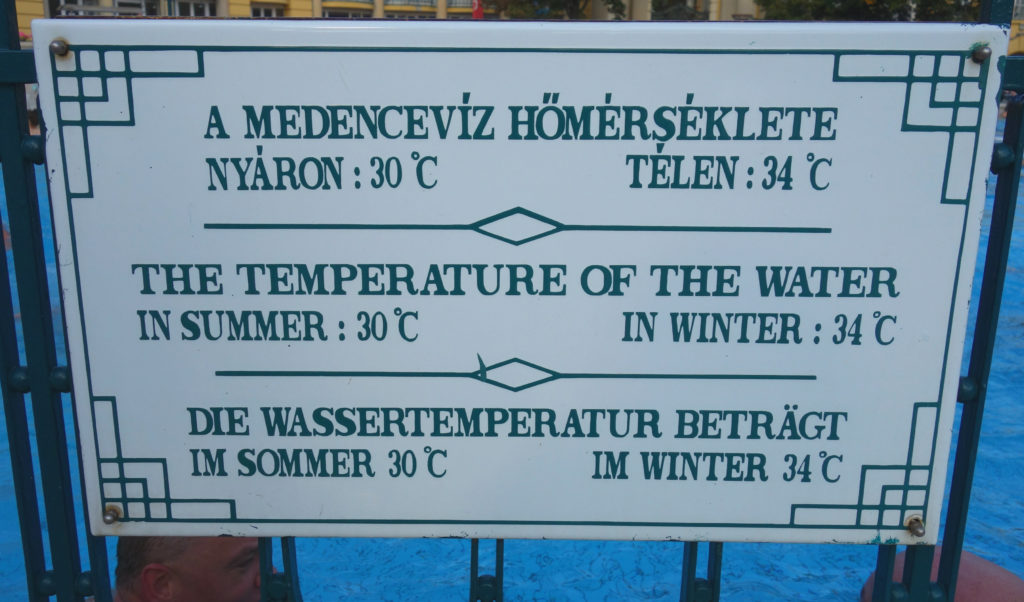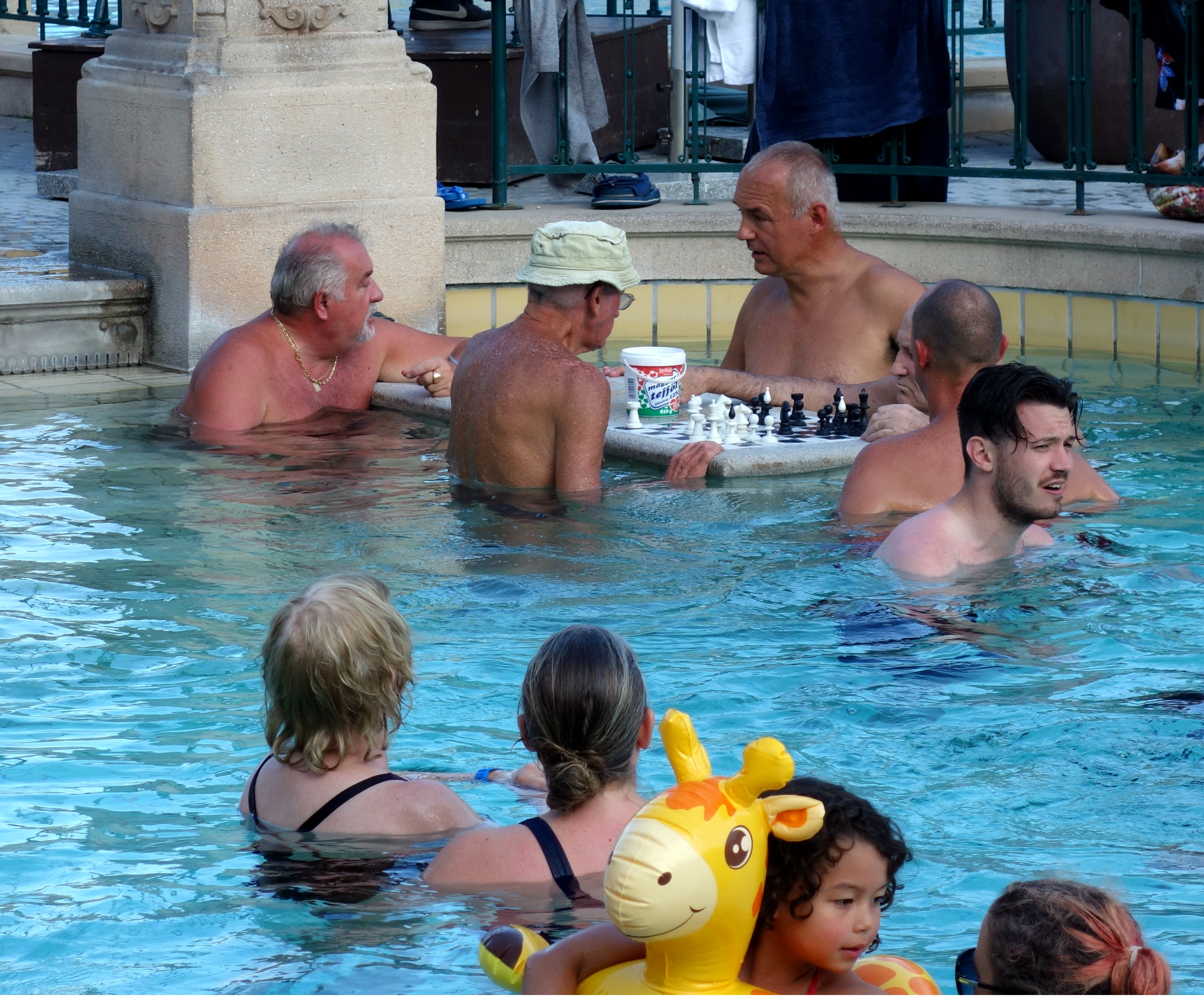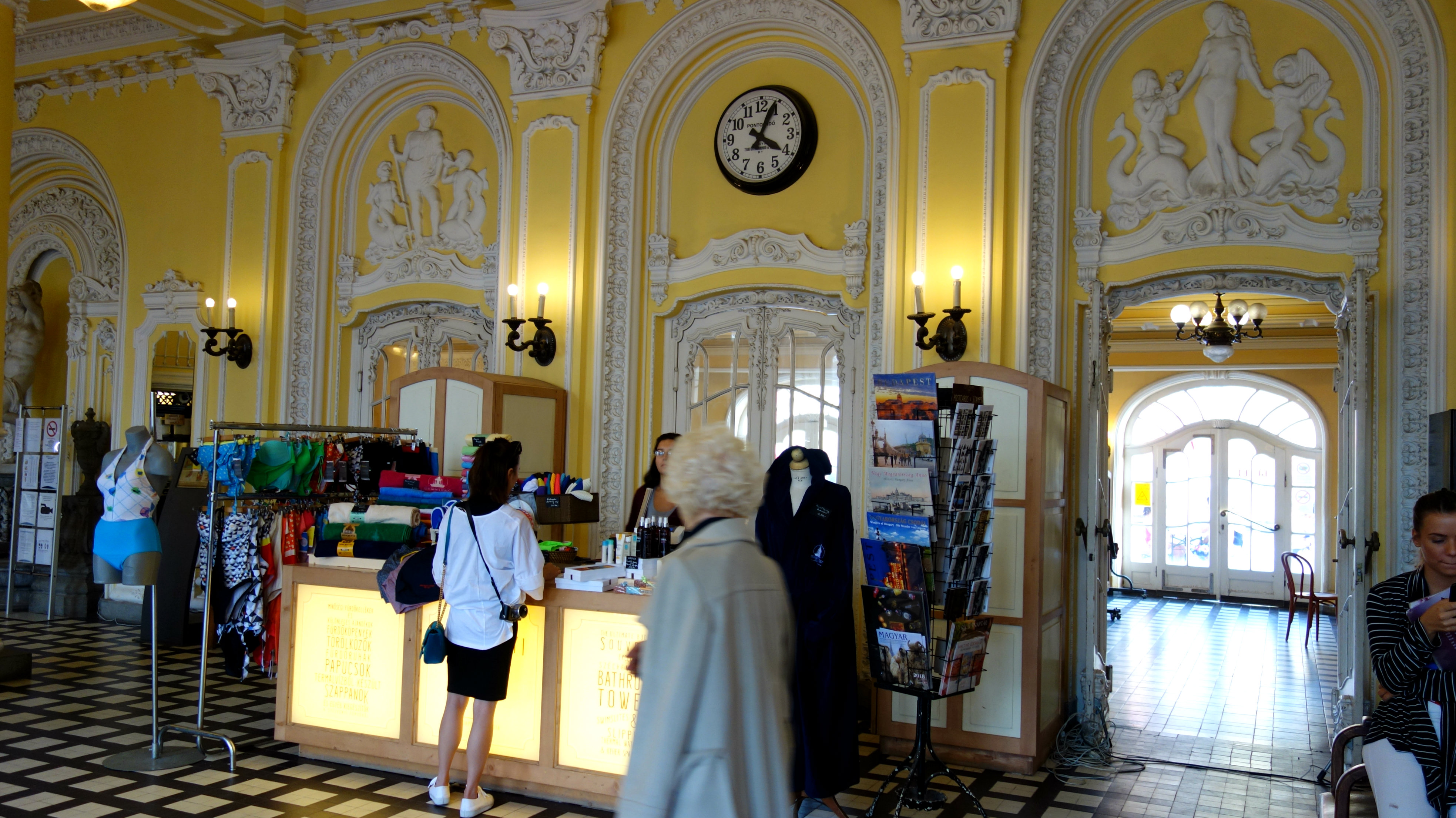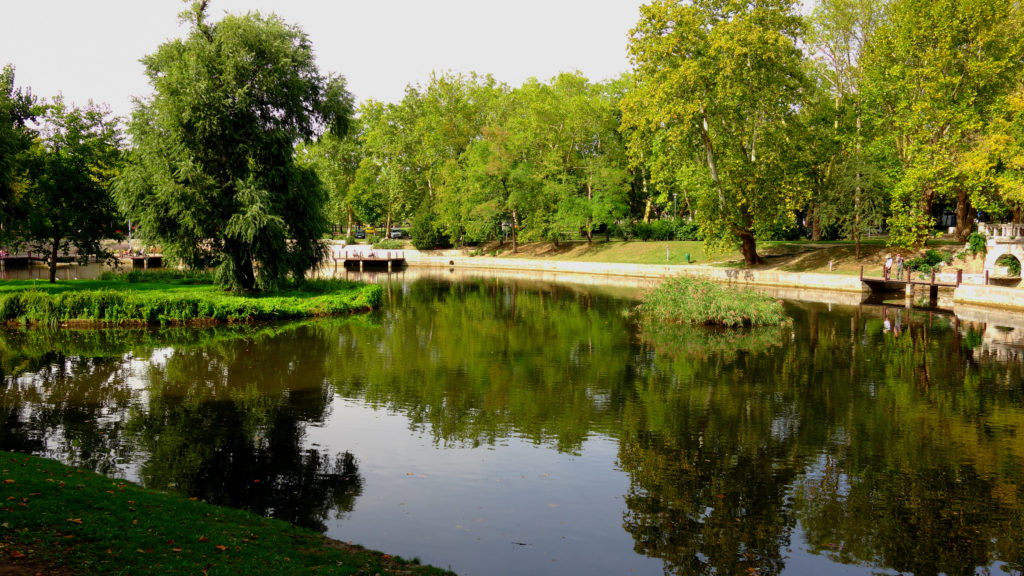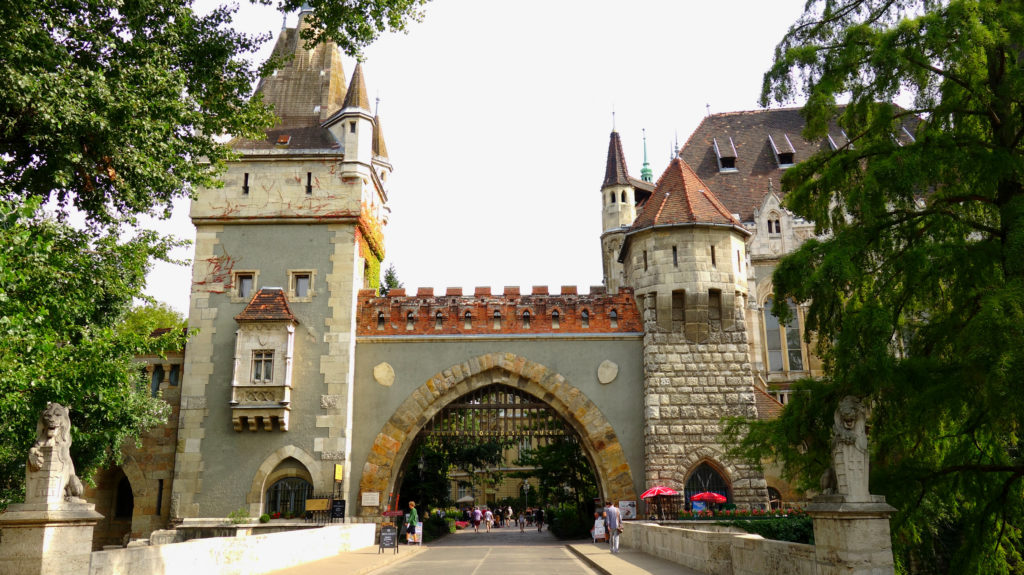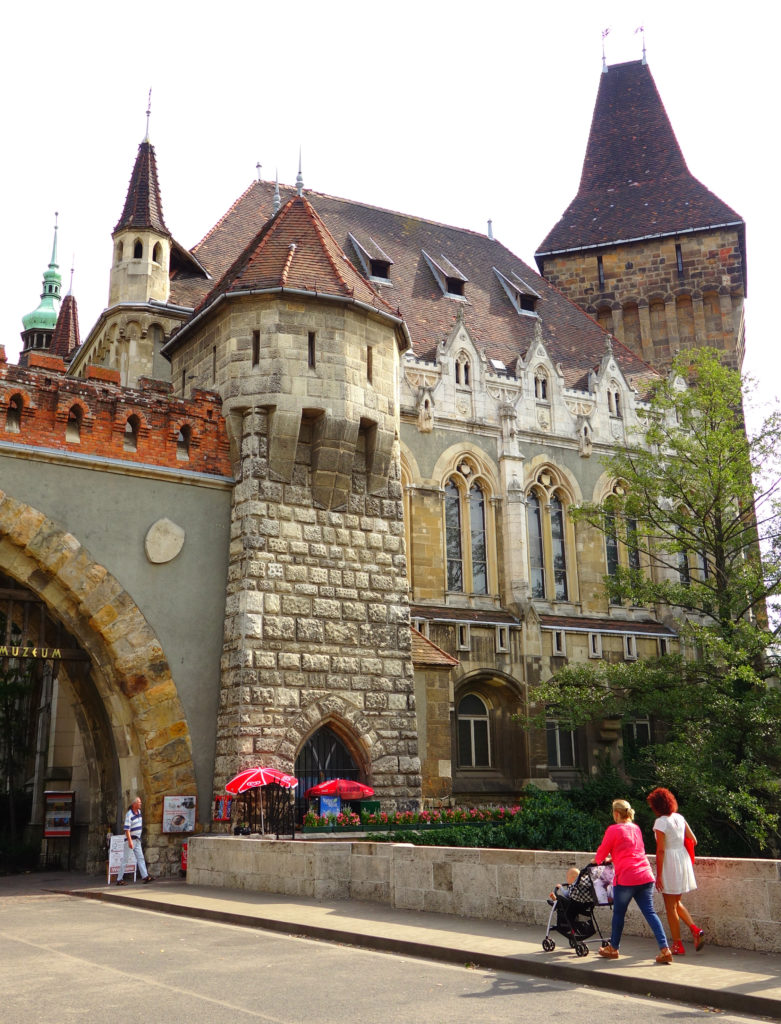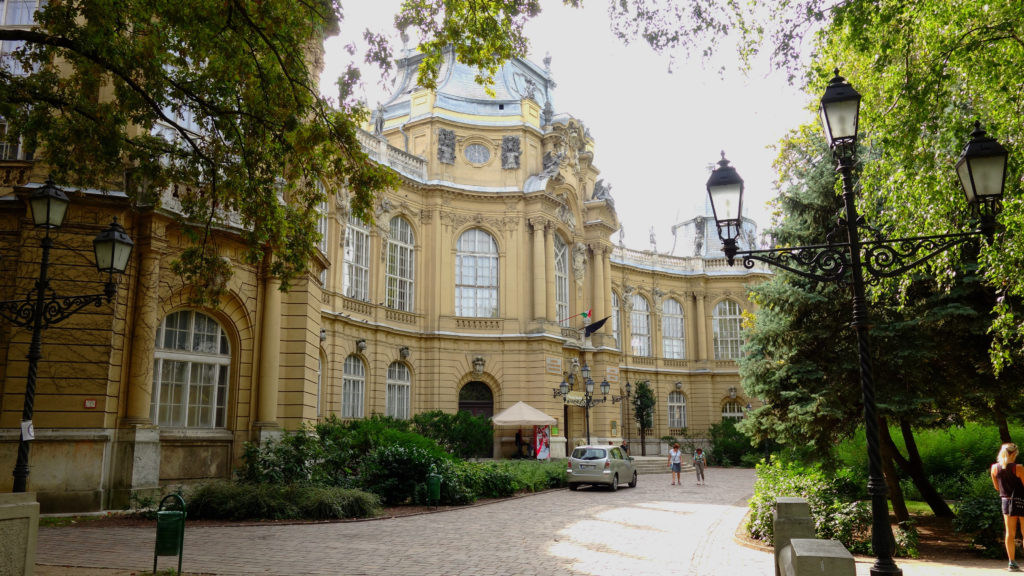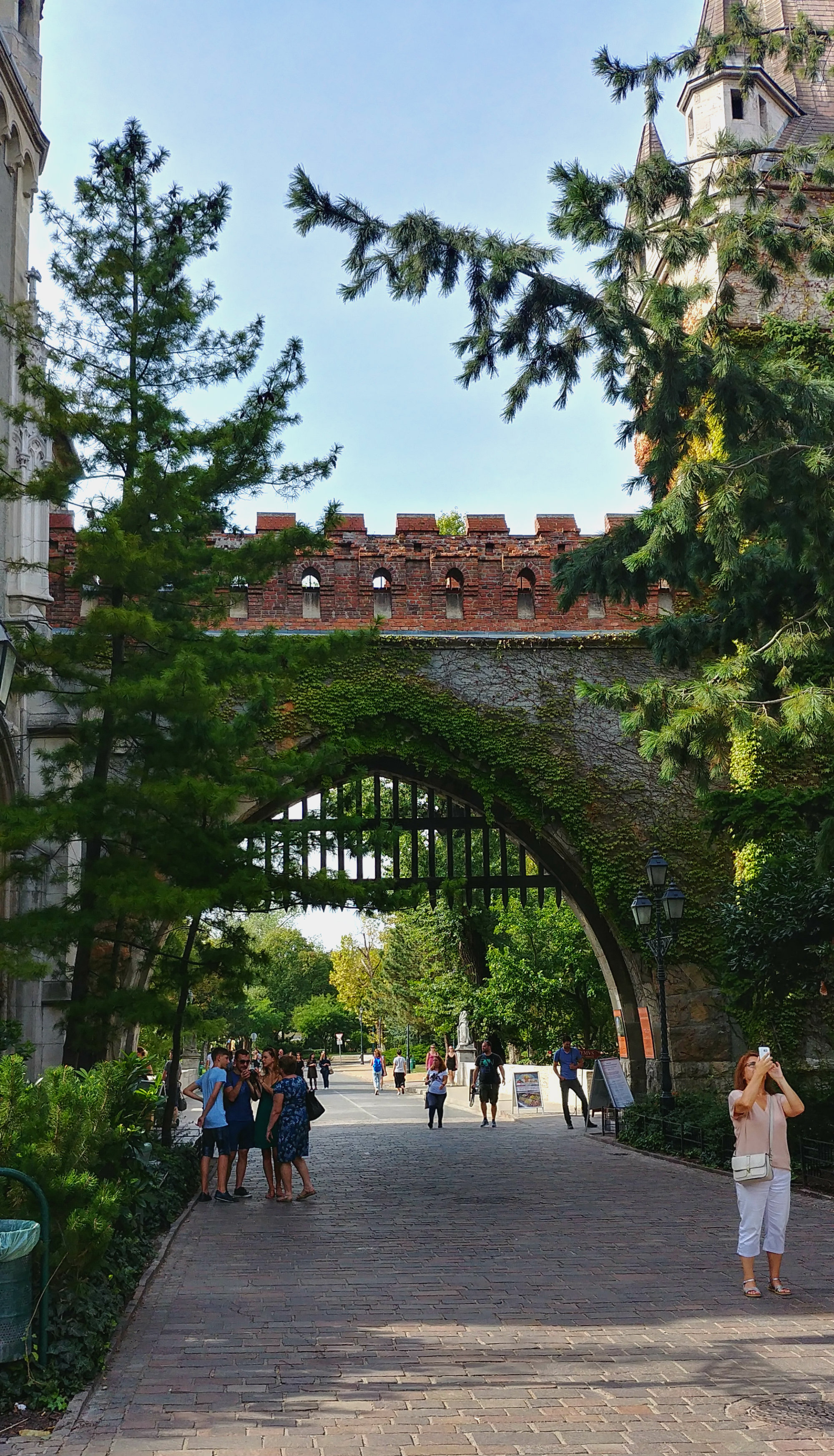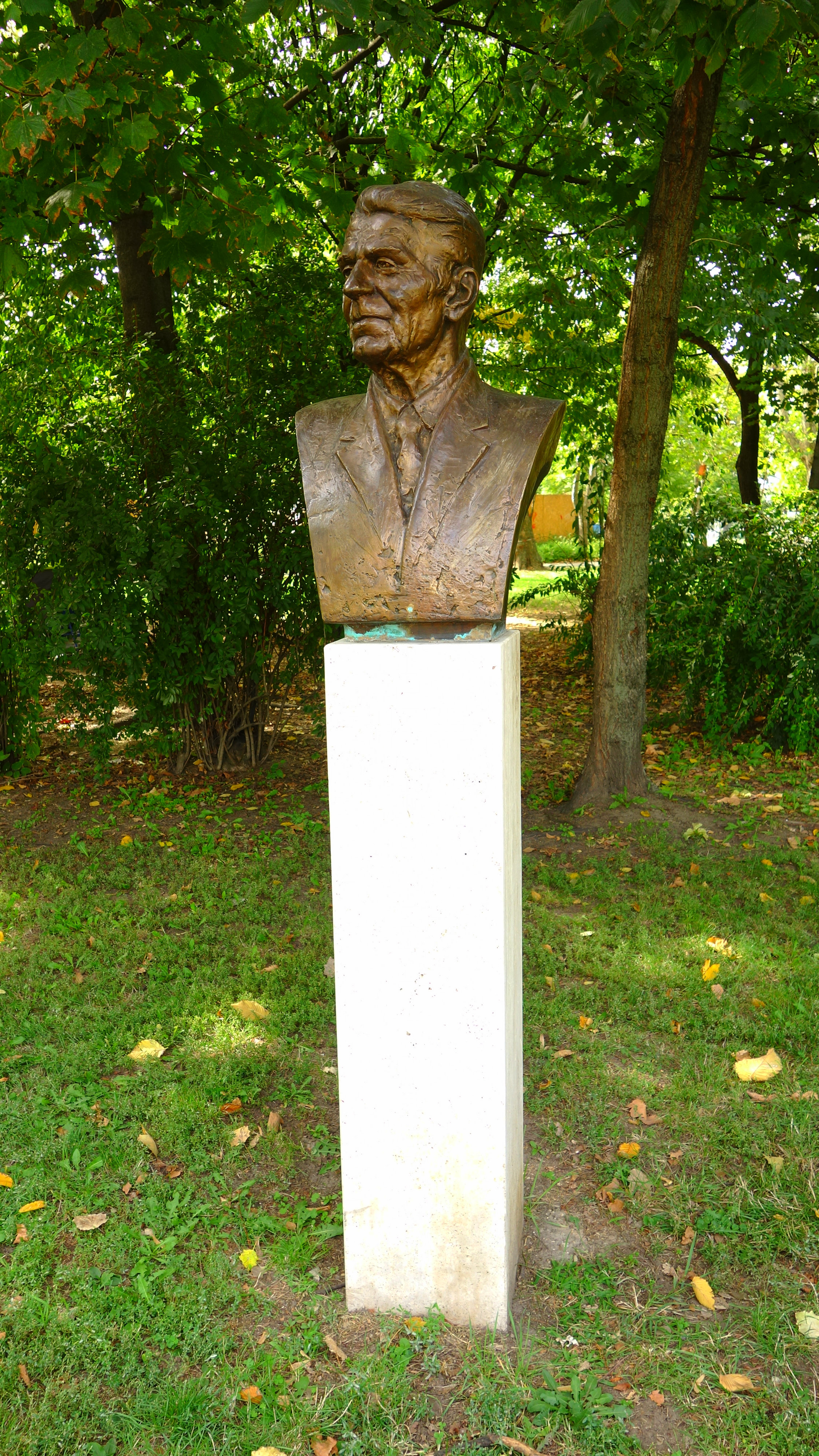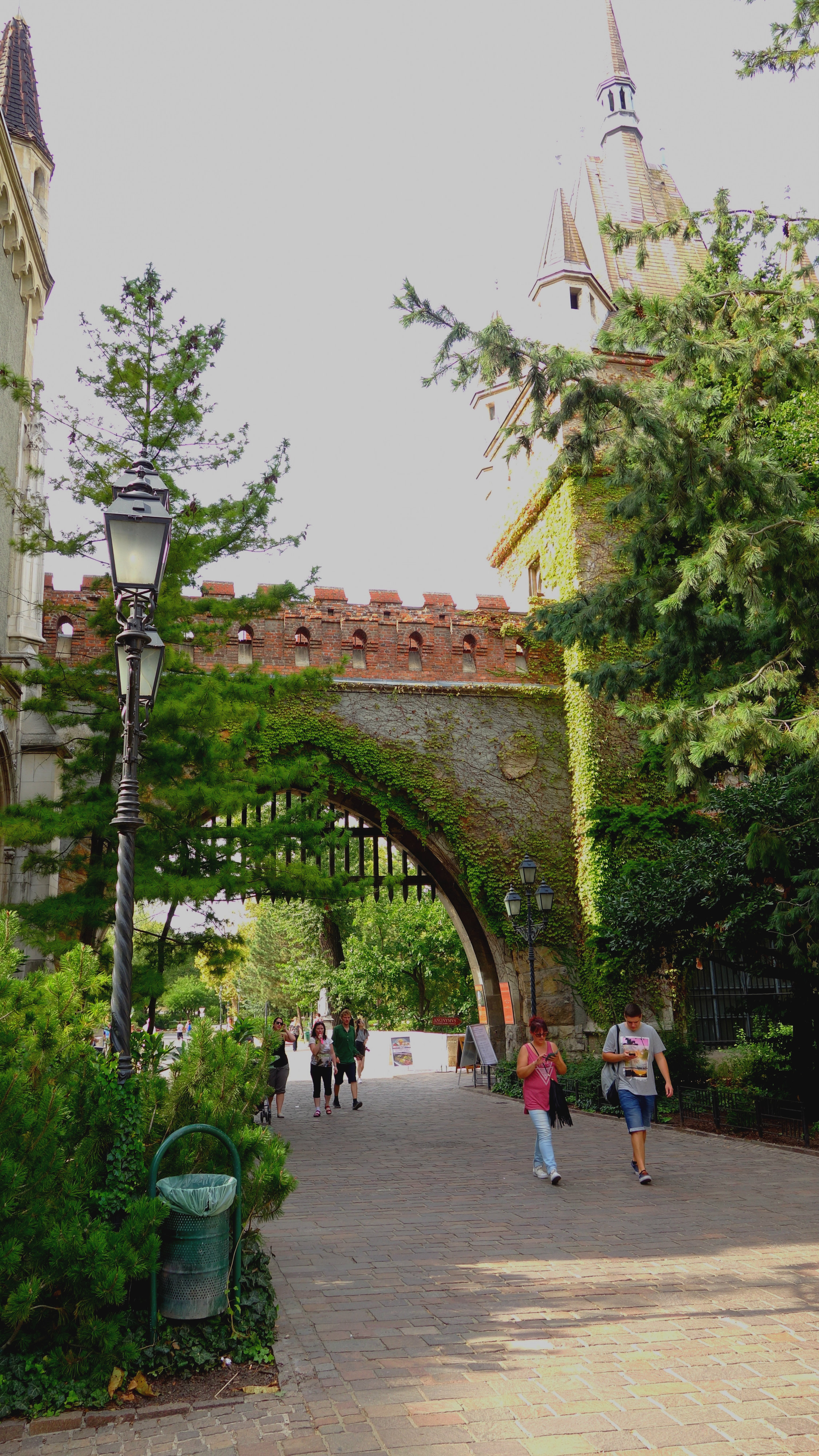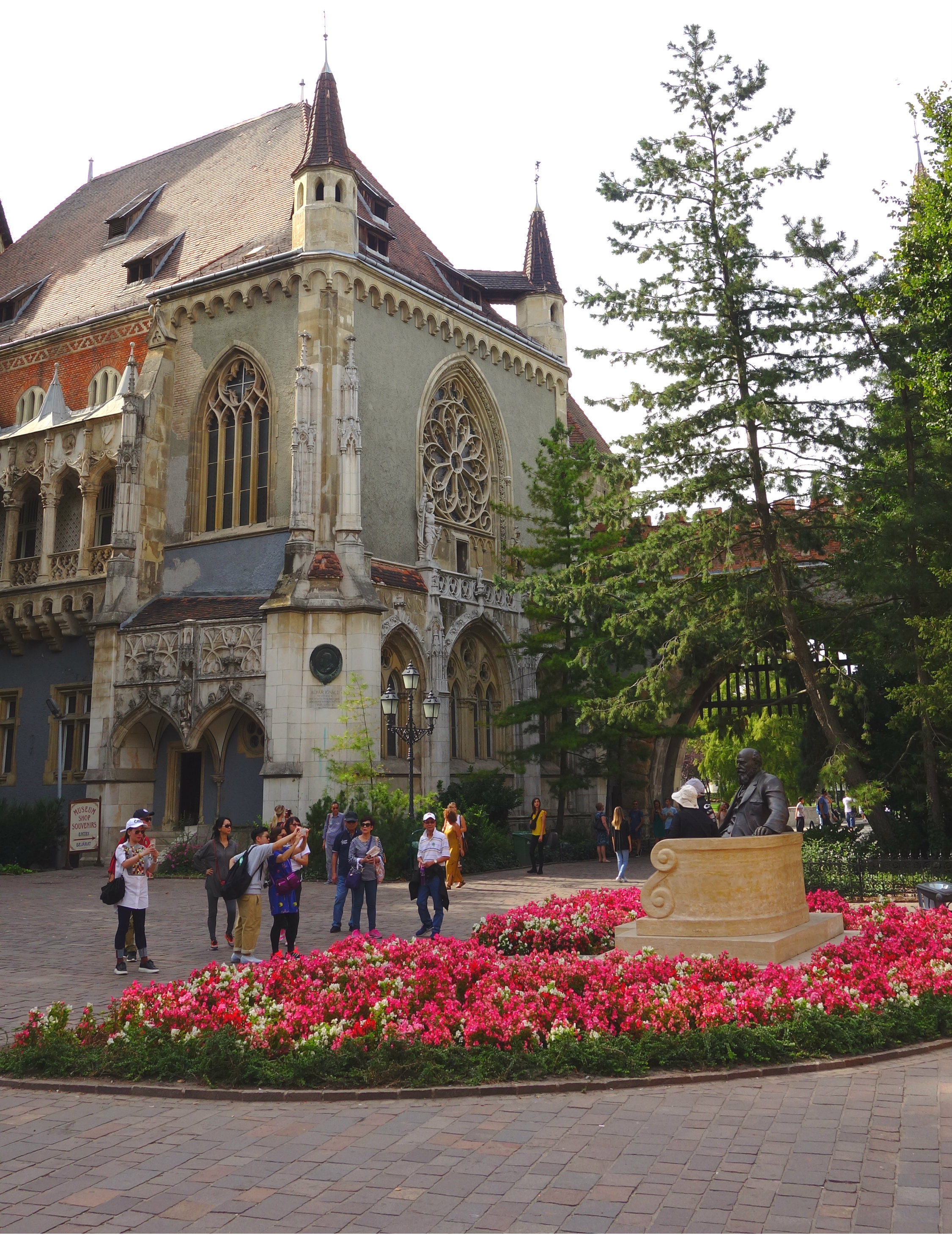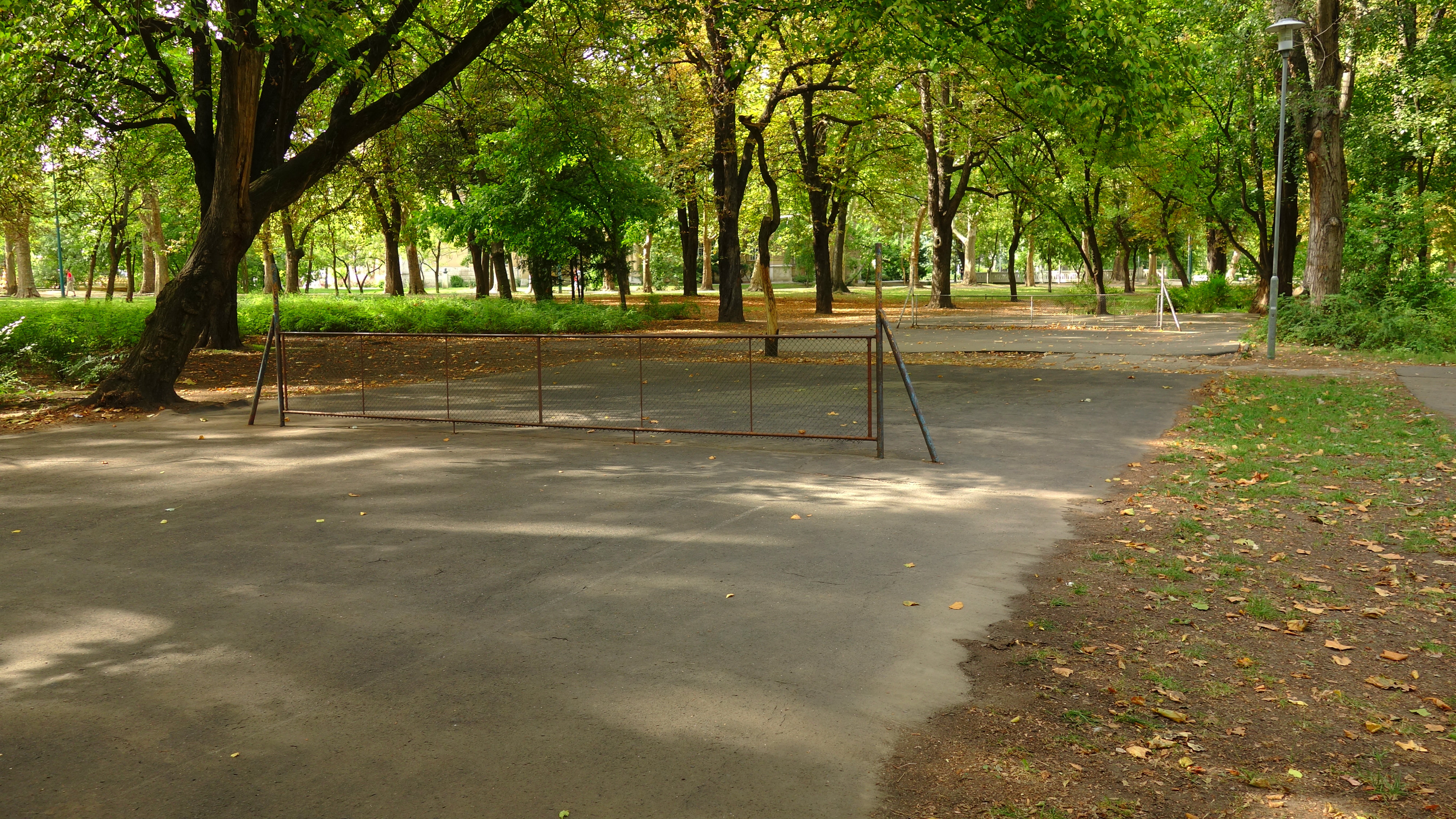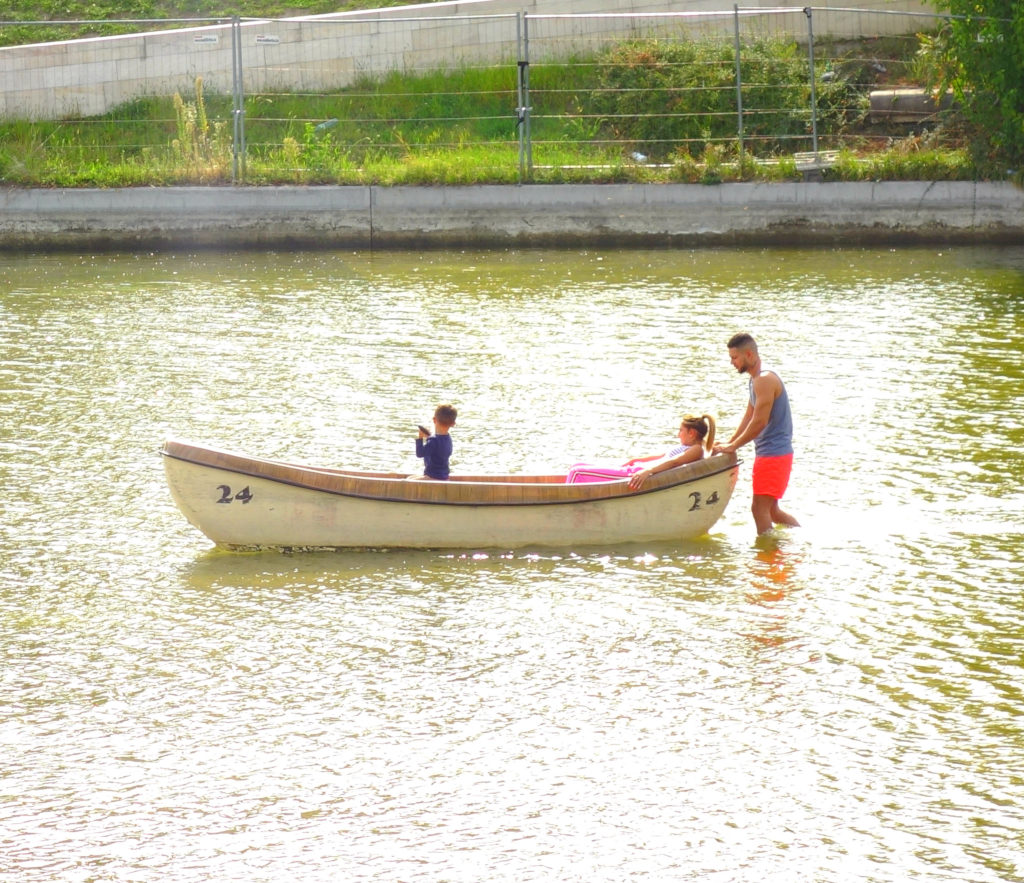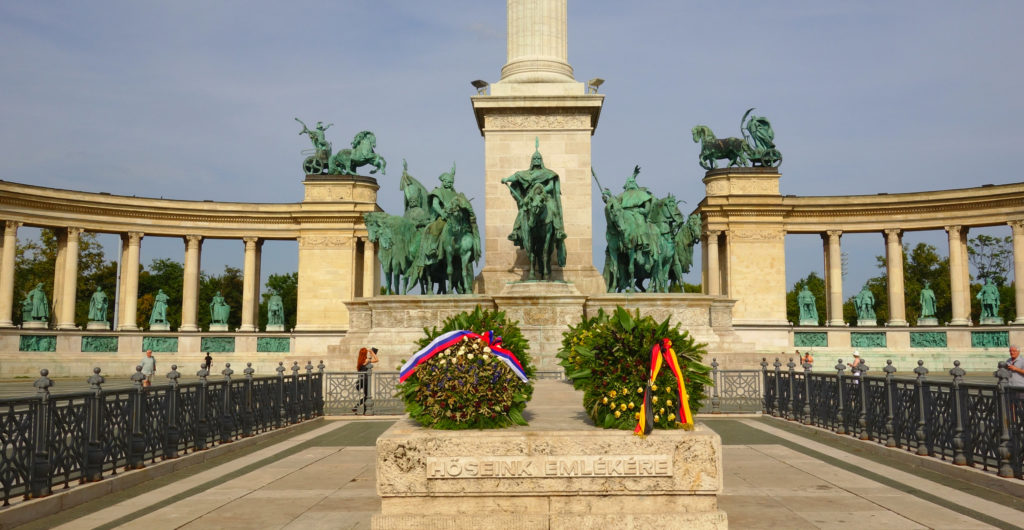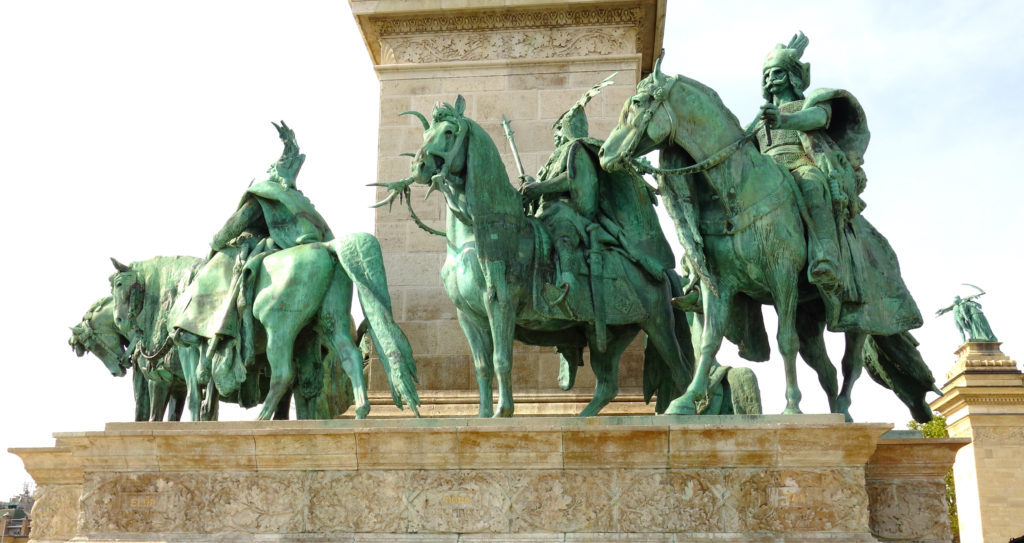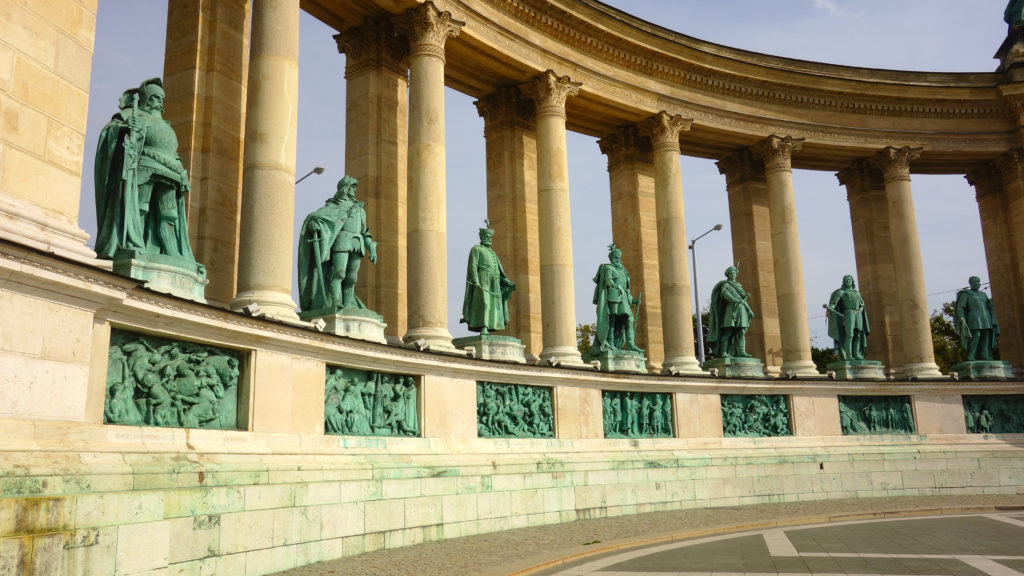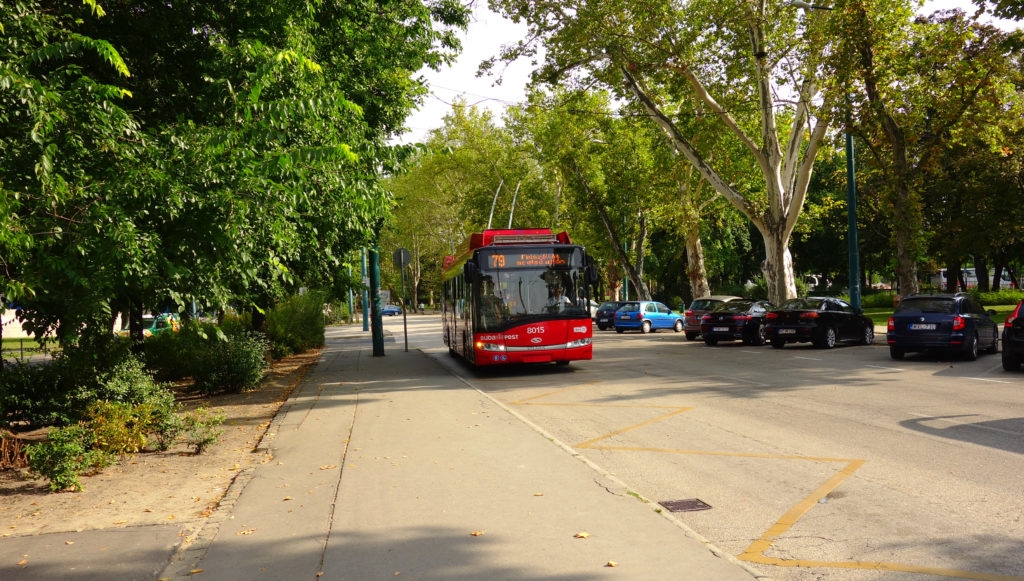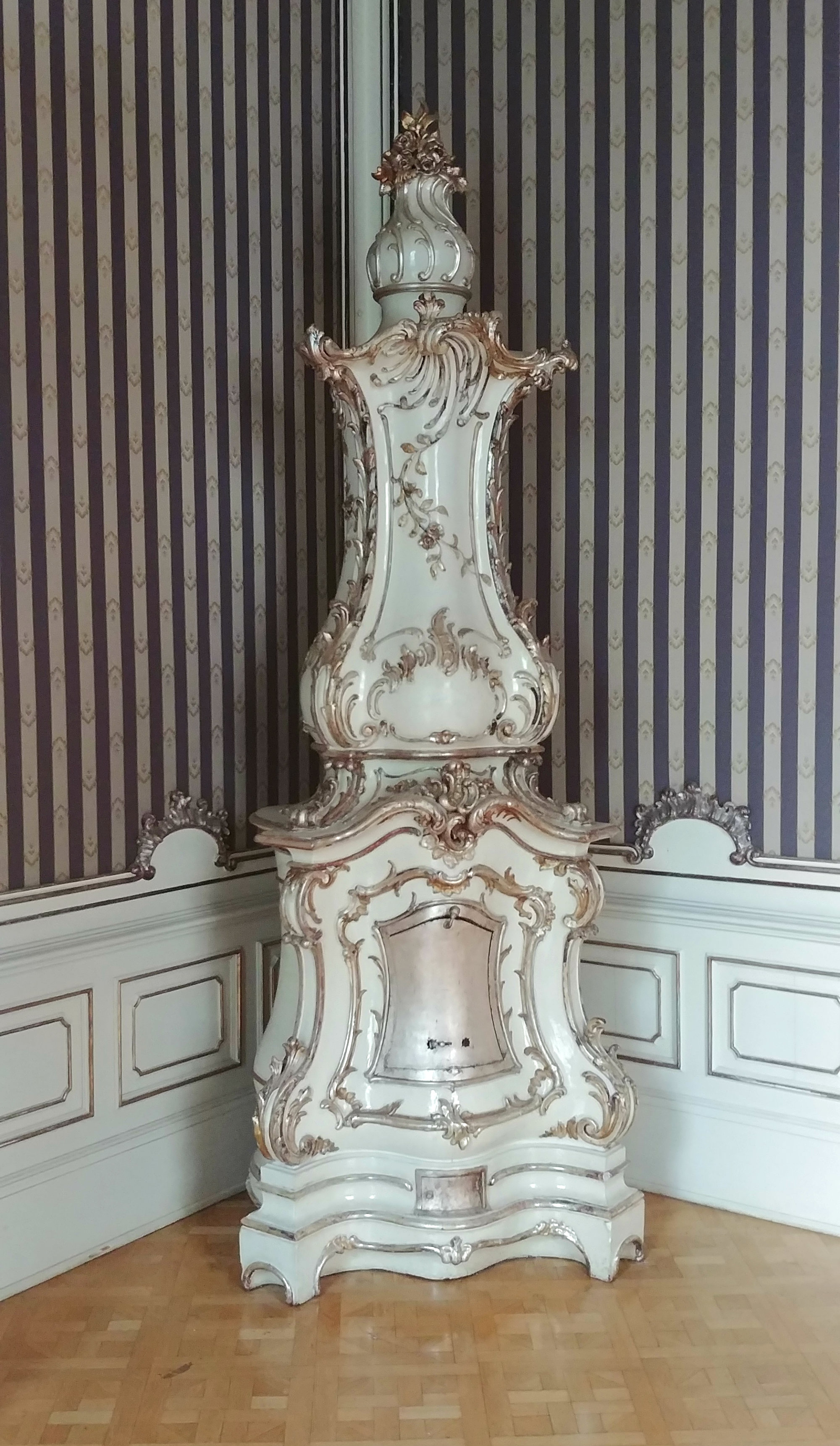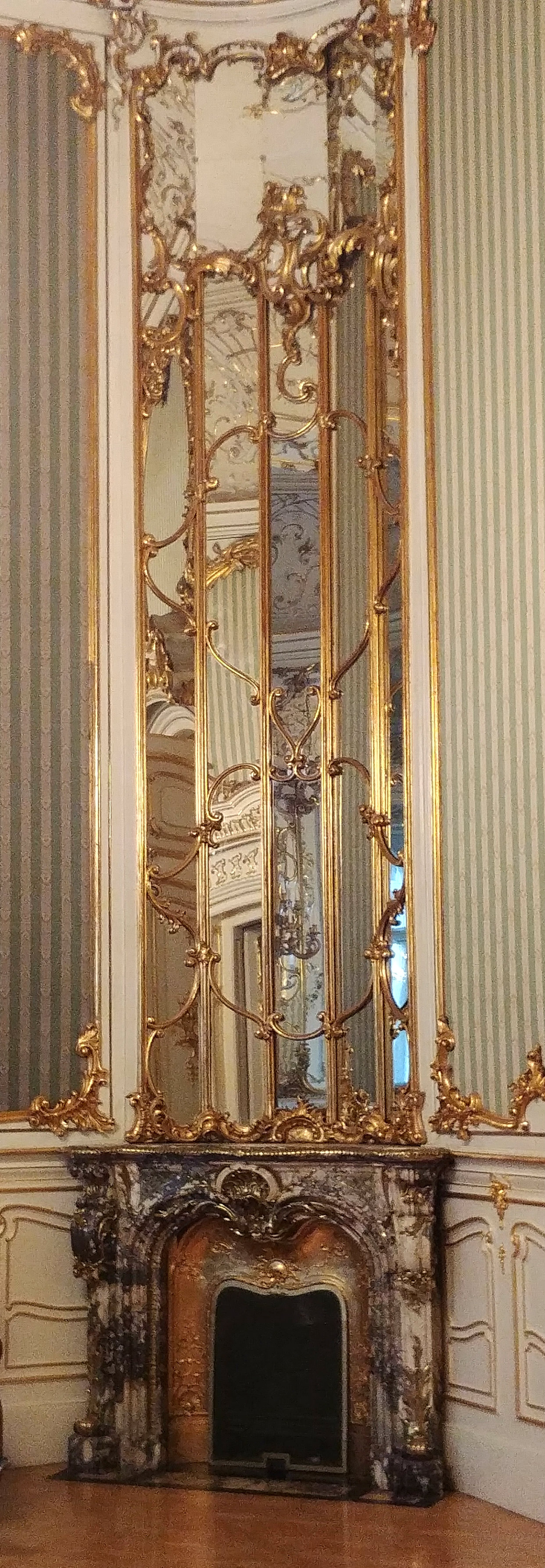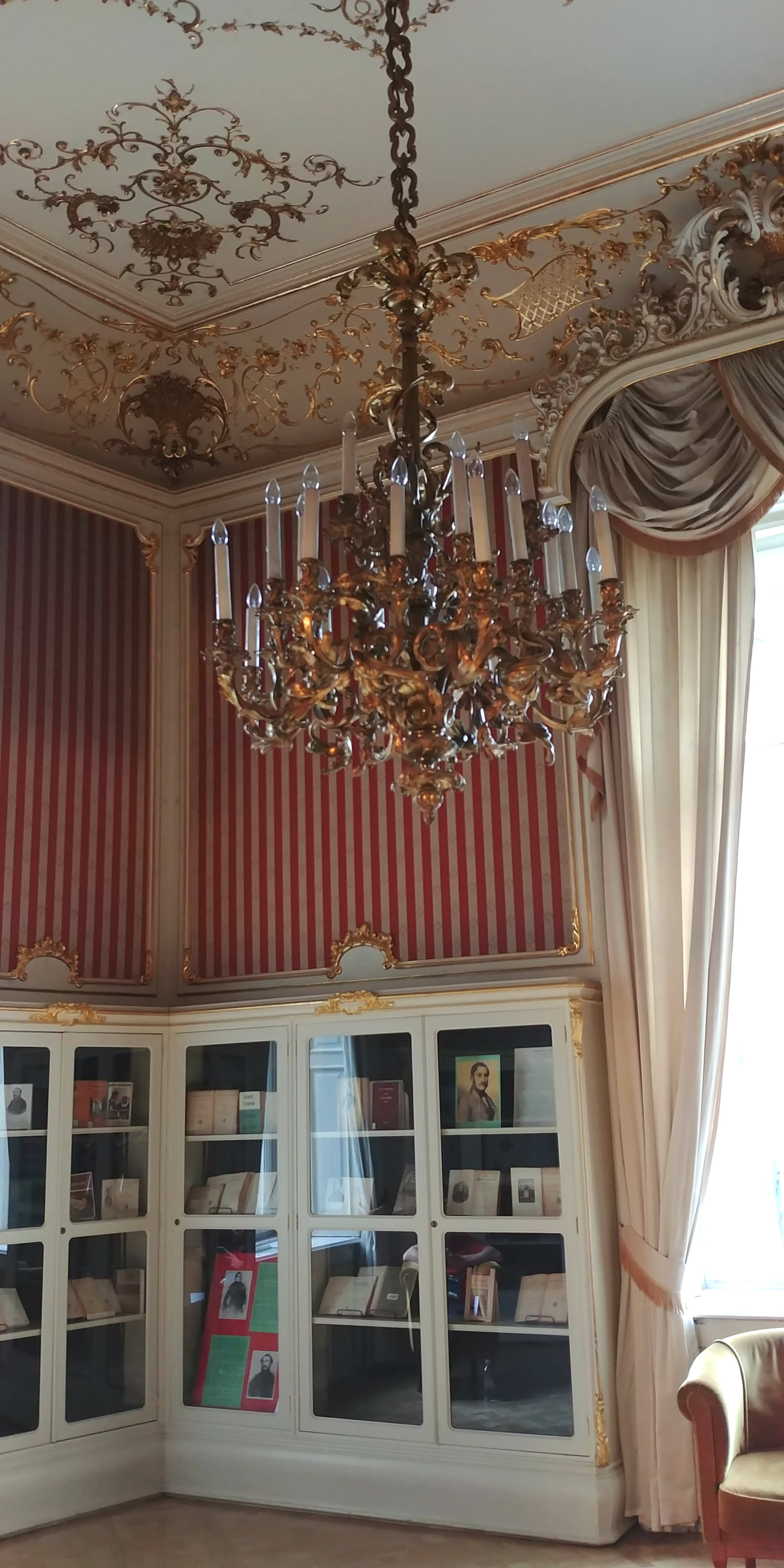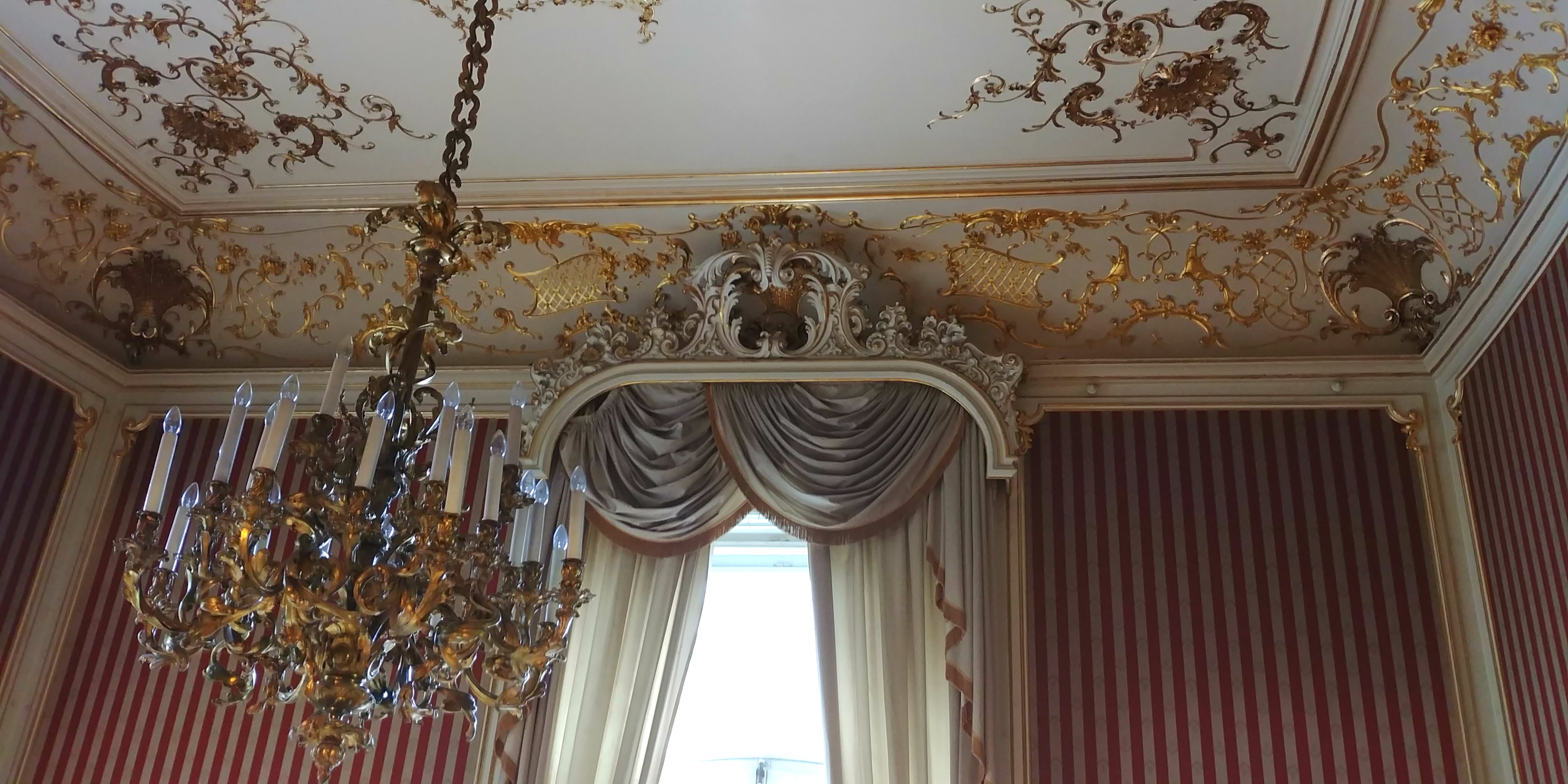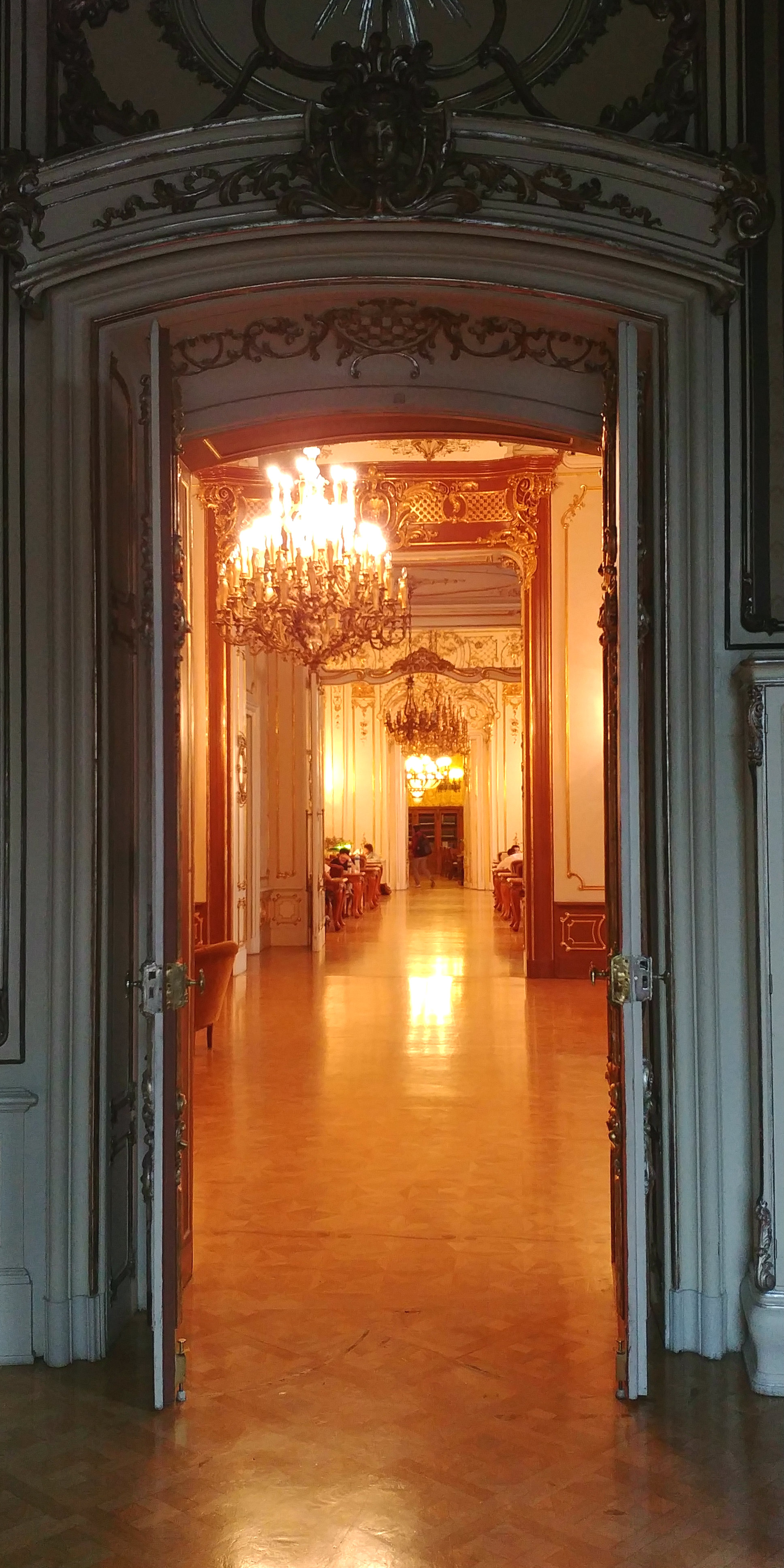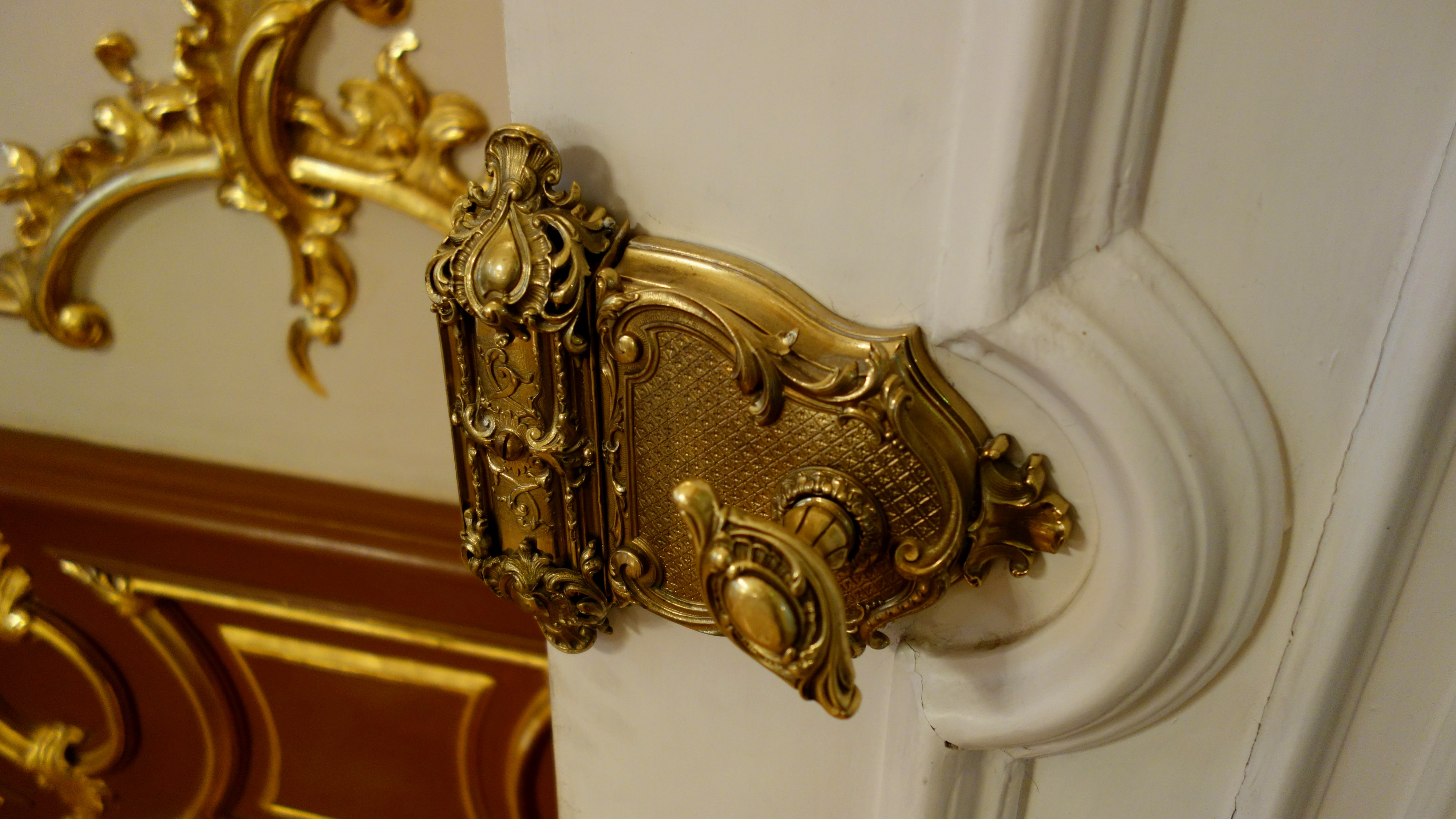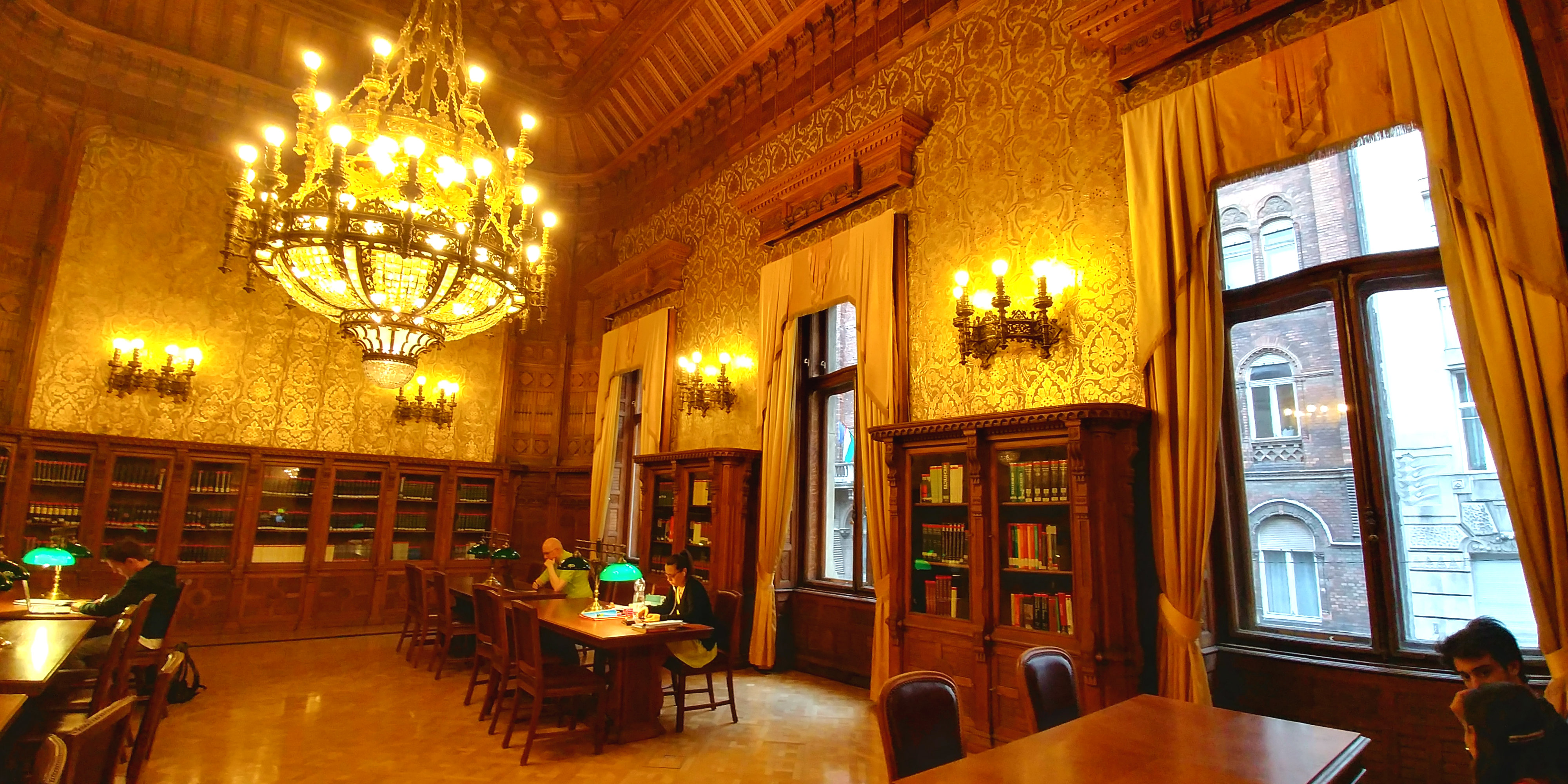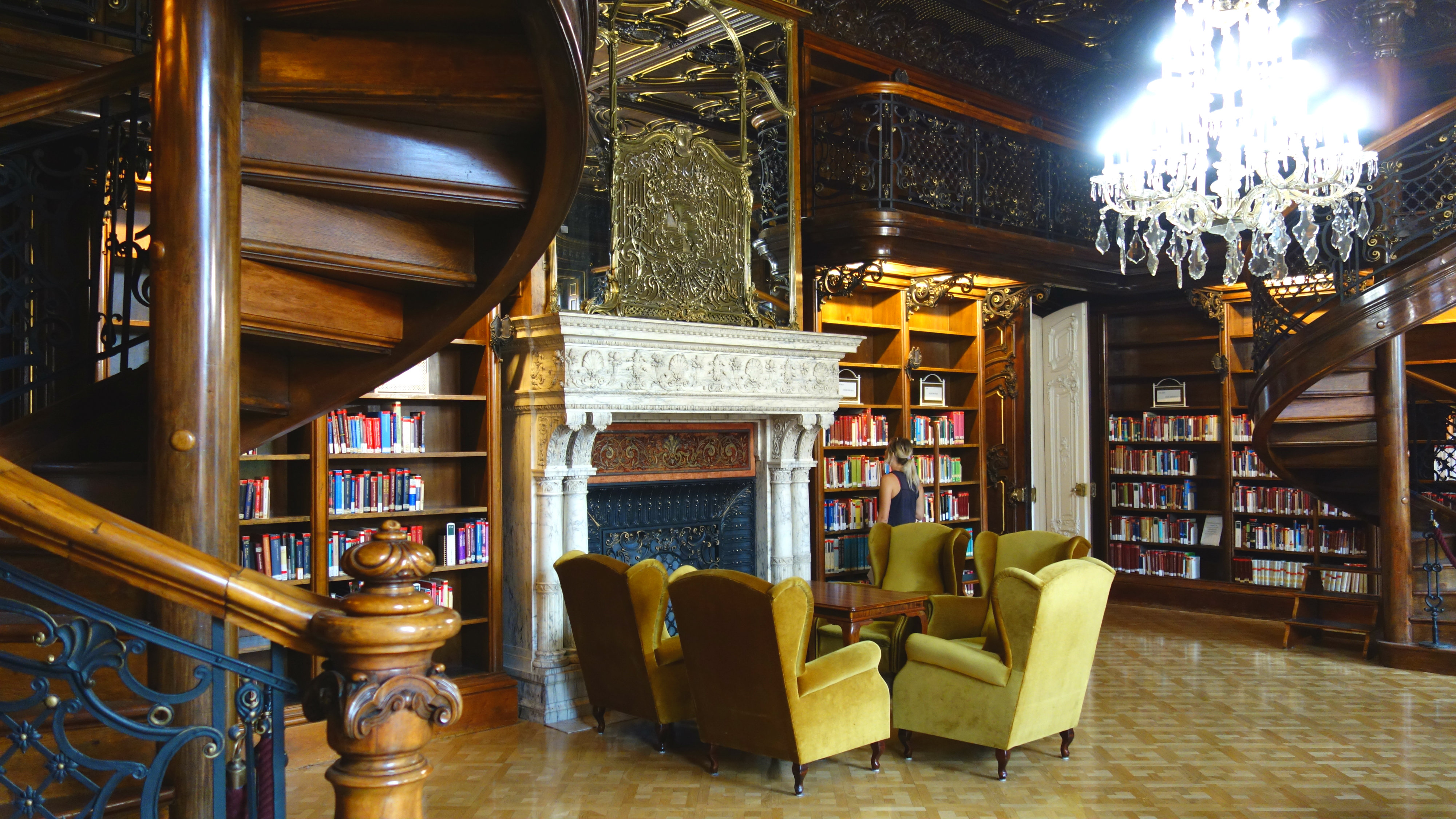We left for Budapest after our first round to Prague to assist our friends, the King family, when Edward Satoshi King was about to enter the world. Budapest has been a city we’ve been waiting for a chance to visit, and now it was time for us to see this place. We use the website Atlas Obscura to find places worth visiting when we arrive to a new place and that’s why we ended up in Ervin Szabós library, a hidden gem in Budapest. We also went up on Gellért Hill – the view of Budapest and the Danube river are magnificent from the top.
We were fortunate to be in Budapest at the same time as another fellow Swedish Bitcoiner, Nanok Bie, the Editor-in-chief of news.bitcoin.com. We met up for dinner and we had a lot to talk about. Thank you Nanok for pleasant evening!
Vi åkte till Budapest efter vår första tur till Prag när vi var där för att hjälpa våra vänner, Kingfamiljen, när Edward Satoshi King skulle komma till världen. Budapest har varit en stad som vi har väntat på en chans att besöka och nu var det dags för oss att se den omtalande staden. Vi använder webbsidan “Atlas Obscura” för att hitta platser som är värda att besöka när vi kommer till en ny plats och därför slutade det med att vi bland annat besökte Ervin Szabós biblioteket, en dold pärla i Budapest. Vi åkte också upp på “Gellért Hill” – utsikten över Budapest och Donaufloden är magnifik från toppen.
Vi hade också turen att vara i Budapest samtidigt som en annan svensk bitcoin-entusiast, Nanok Bie, chefredaktören för news.bitcoin.com. Vi åt middag honom och vi hade mycket att prata om. Tack Nanok för en trevlig kväll!
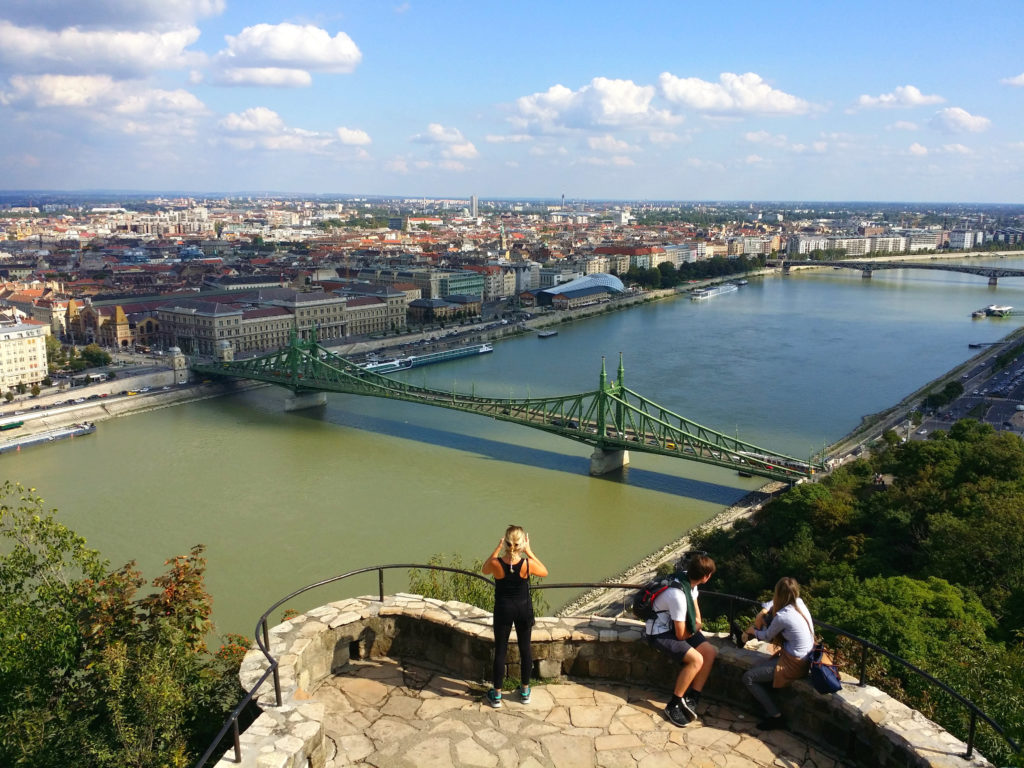
The mighty Danube (or Donau), the second longest river in Europe that divides Buda and Pest – the capital of Hungary. Budapest was our next home for a few weeks after we left Prague.
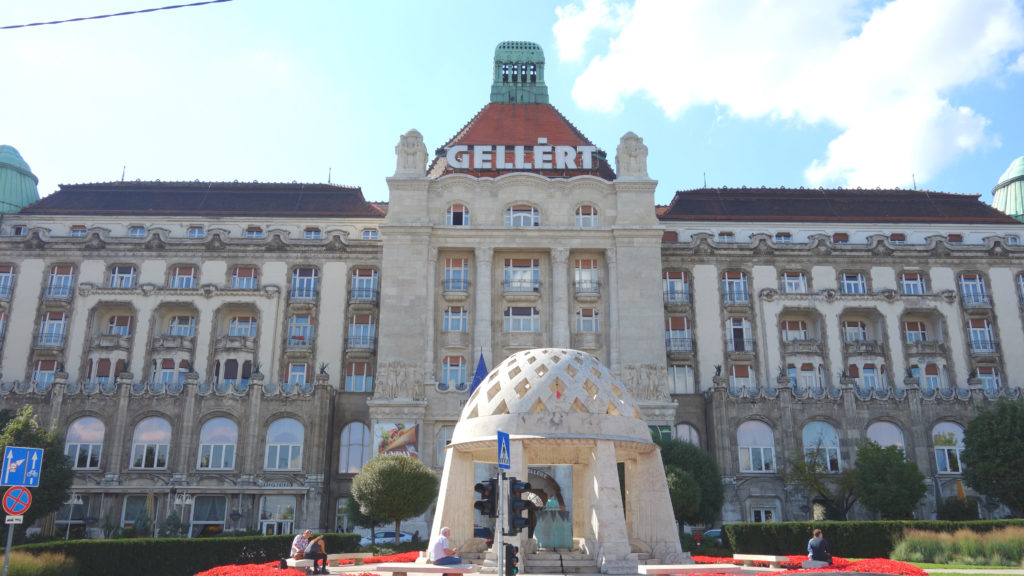
Gellért Hotel is where you want to get of if you want to walk up on Gellért Hill to get an amazing view over Budapest. This hotel opened its doors in 1912 and it is famous for its thermal baths .
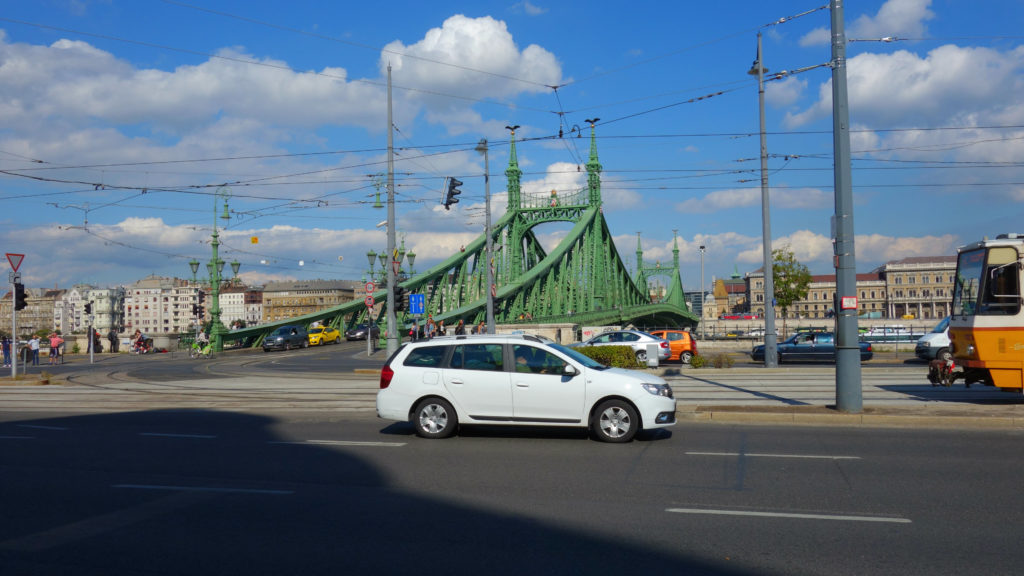
The Liberty bridge stands in front of the Gellért Hotel and is one of the bridges connecting Buda with the Pest side of Budapest.
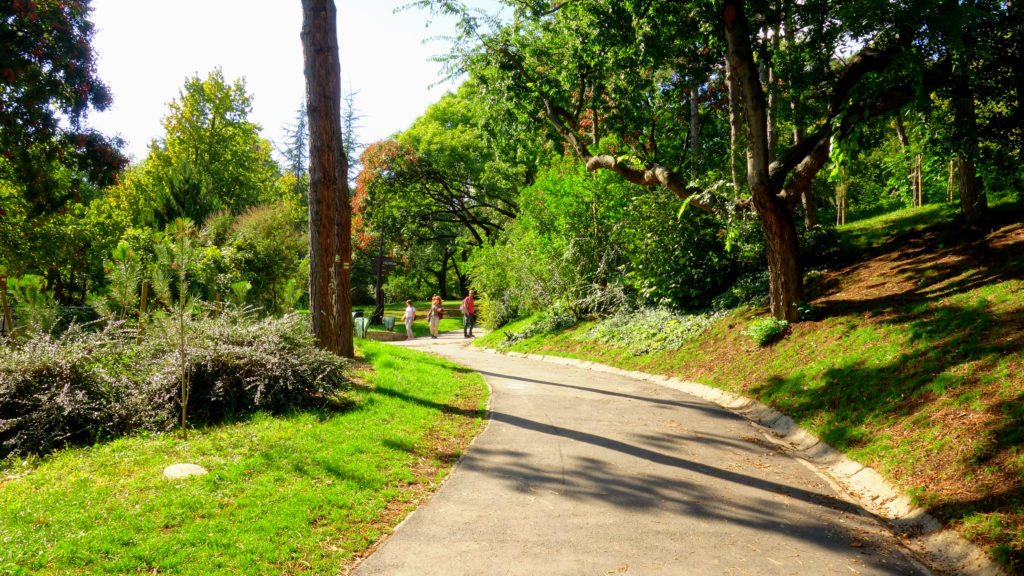
It is a short, but steep walk up on Gellért Hill. The hill is named after Saint Gerard who was thrown to his death here in the 11th century.

We passed the most awesome playground we’ve seen so far during our travels. Take your children here if you’re in town.

Look at these slides!
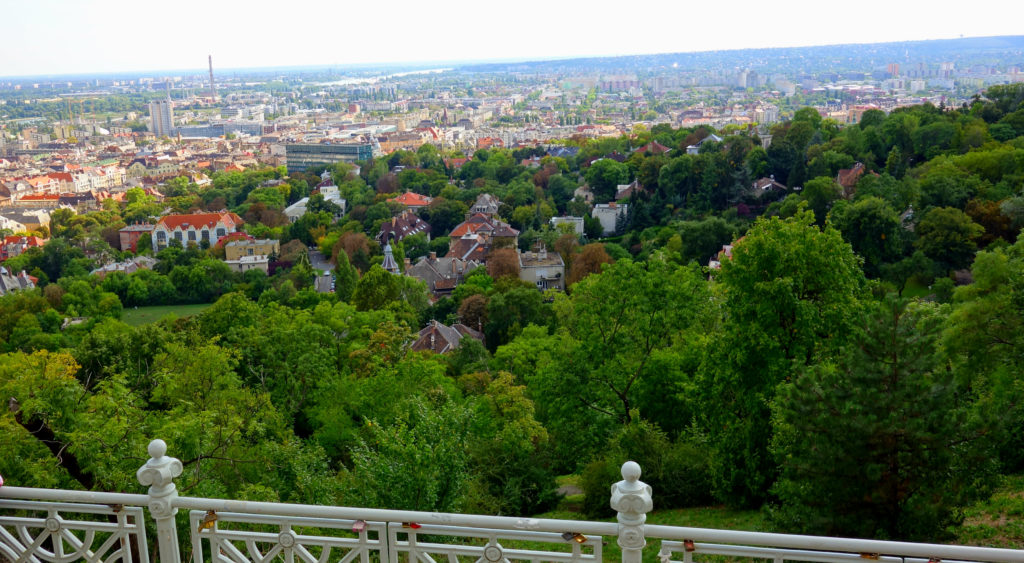
South part of Buda from Gellért Hill.
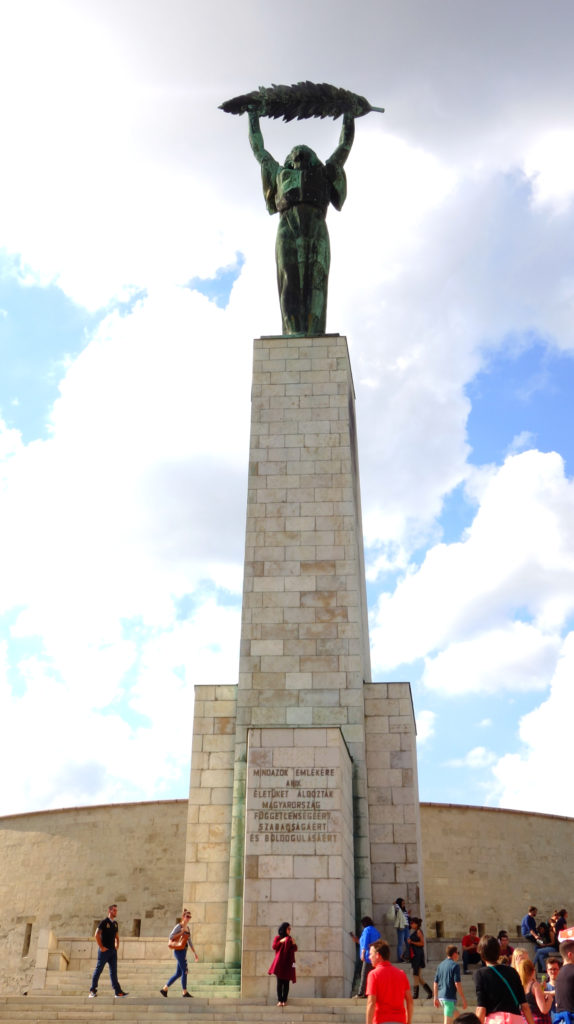
You’ll find the Citadella, a fortress built in the 1850’s, and the Liberty statue on top of Gellért Hill. The Liberty Statue was erected in remembrance of what was then referred to as the Soviet “liberation” of Hungary during World War II. The first inscription stated “To the memory of the liberating Soviet heroes the grateful Hungarian people 1945”. After the fall of the Berlin wall in 1989, the Hungarians changed the inscription to “To the memory of those all who sacrificed their lives for the independence, freedom, and prosperity of Hungary” .
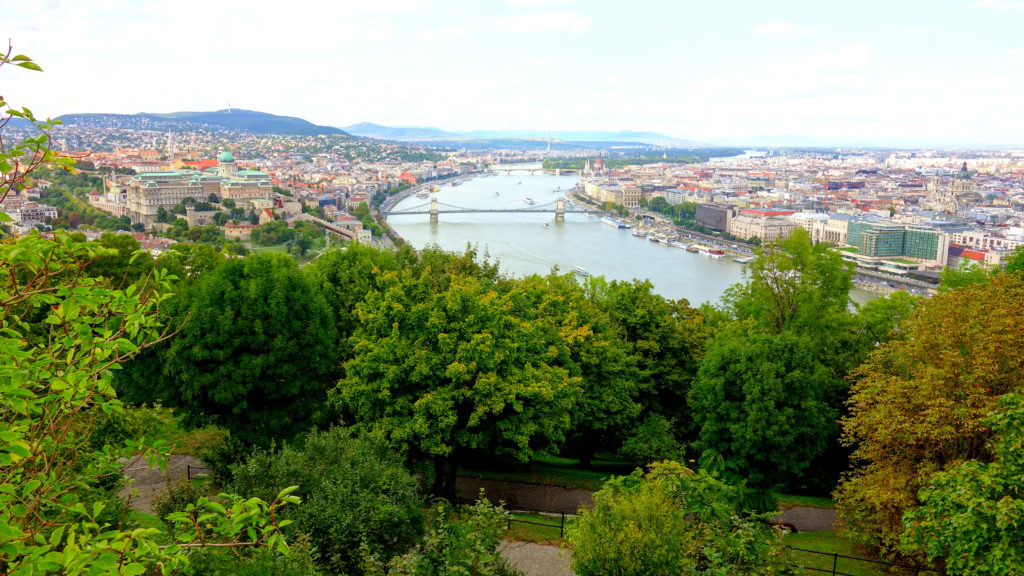
The Danube river originate in South Germany and then flows through 10 different countries (Germany, Austria, Slovakia, Hungary, Croatia, Serbia, Bulgaria, Romania, Moldova and Ukraine) before ending in the Black Sea.

Pontus took a picture of Ulrika at one of the viewpoints on Gellért Hill. From this place you see the Pest part of Budapest. Budapest is one of the most densely populated cities in the EU. There aren’t so many tall buildings here, but the city seems to stretch far out in to the horizon.
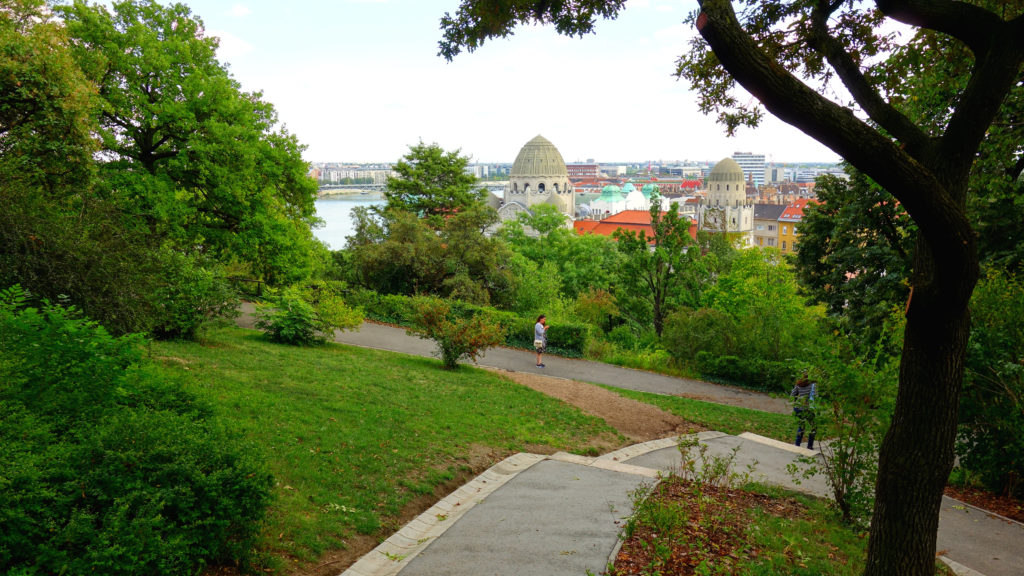
The Citadella was not open when we went there, so after enjoying the view we walked back down through the Jubileumi Park.

The Gellért Hotel from the side and the Gellért square where the tram and bus stops are.

We were fortunate to end up having dinner with another fellow Swedish bitcoiner our first night in Budapest. Nanok Bie is a journalist and currently Editor-in-Chief at news.bitcoin.com, so we talked about whats going on in the cryptocurrency world and of course the bubble that separates Sweden from the rest of the world. We had a lovely evening and we hope to meet Nanok again somewhere else in the world.
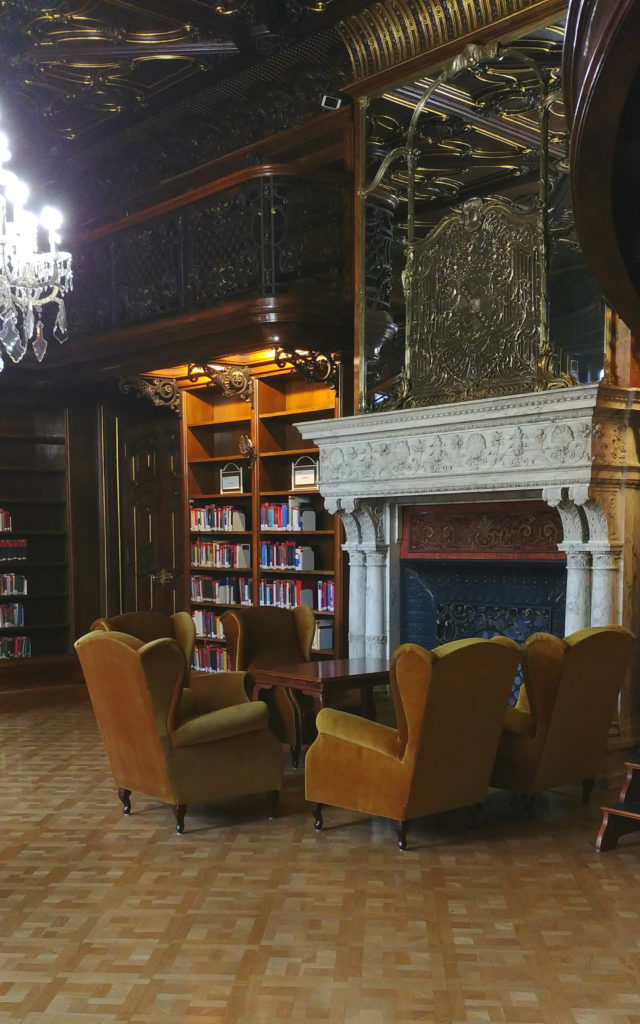
We use the website Atlas Obscura to find unexpected places to explore and in Budapest we found out about Ervin Szabós library from that site. The library is described as “a 19th century aristocrat’s mansion, turned into a library, hidden in a modern library” and it is exactly what it is.

You’ll find Ervin Szabós library tucked in the 4th floor in a rather dull “modern” library and you wouldn’t know it was there if you didn’t know about it beforehand.
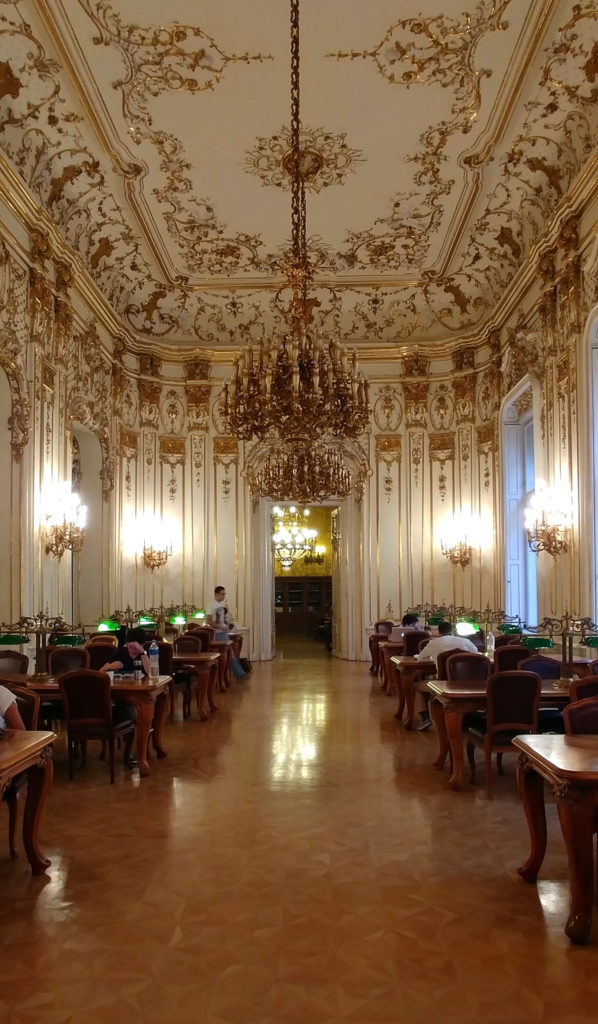
The City Council purchased the building in 1931 and converted the palace rooms into reading rooms that is still used today.

There are five different rooms to explore, all built by a well-known Hungarian aristocrat, Count Frigyes Wenckheim at the end of the 19th century. The building is called the Wenckheim Palace, but the library was named after the director of the library, Ervin Szabó, a librarian and anarcho-syndicalist, who became a leader of the Hungarian anti-war movement during the first world war.
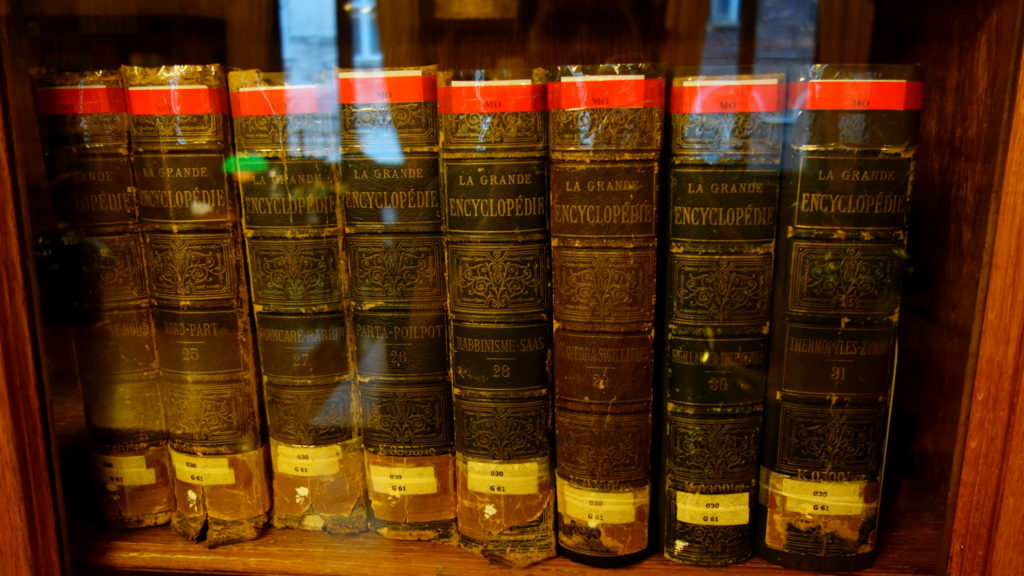
You can find both old an newer books, here but most of the books from Wenckheim’s time have been moved elsewhere or destroyed. More pictures from the library can be found in the slide show below.
